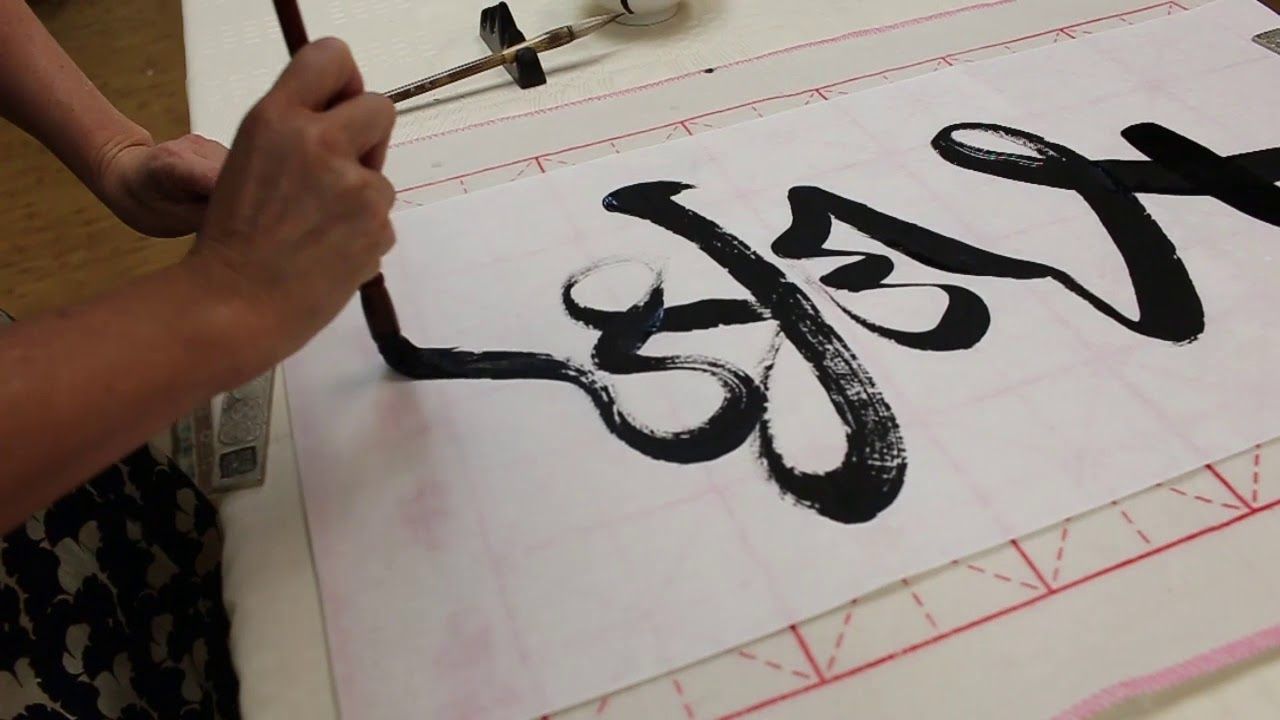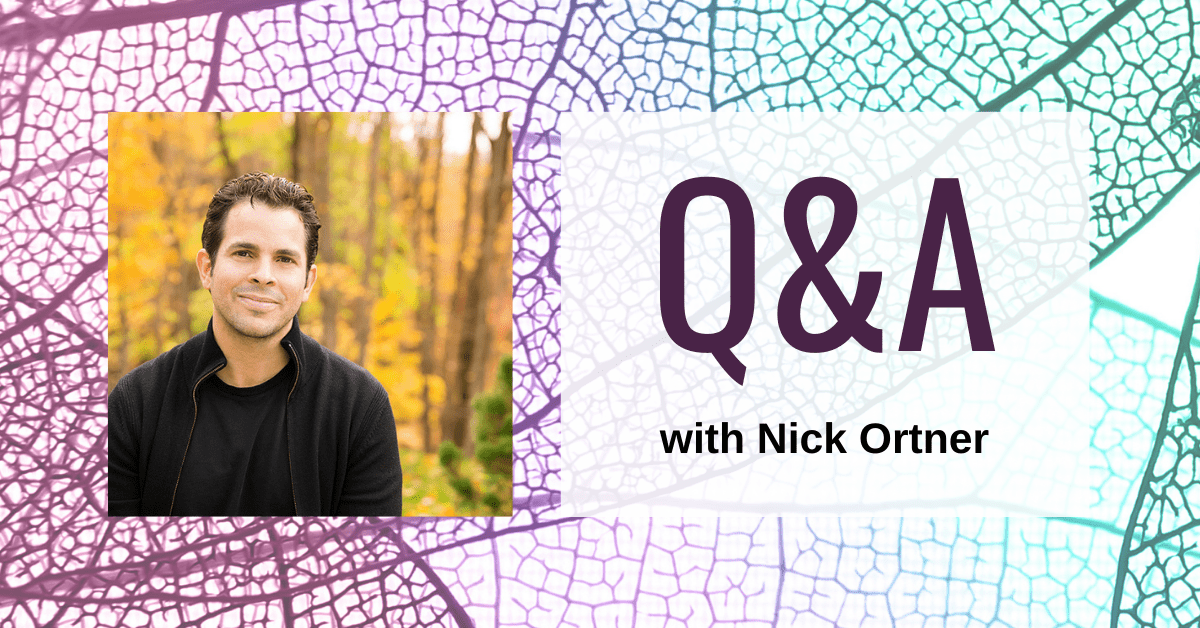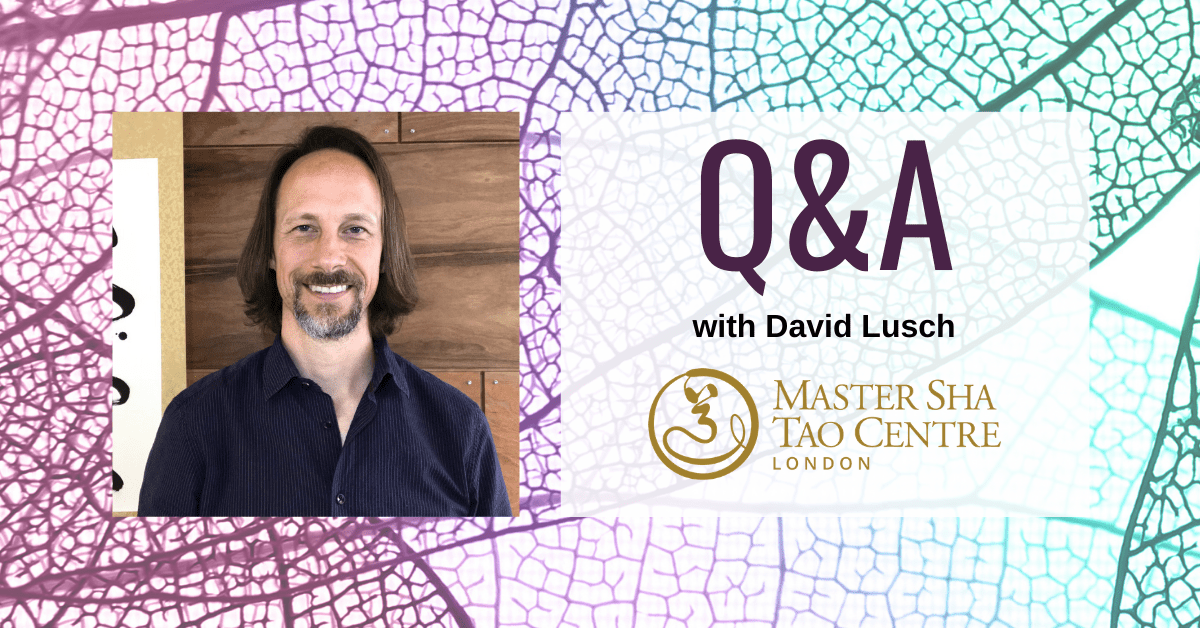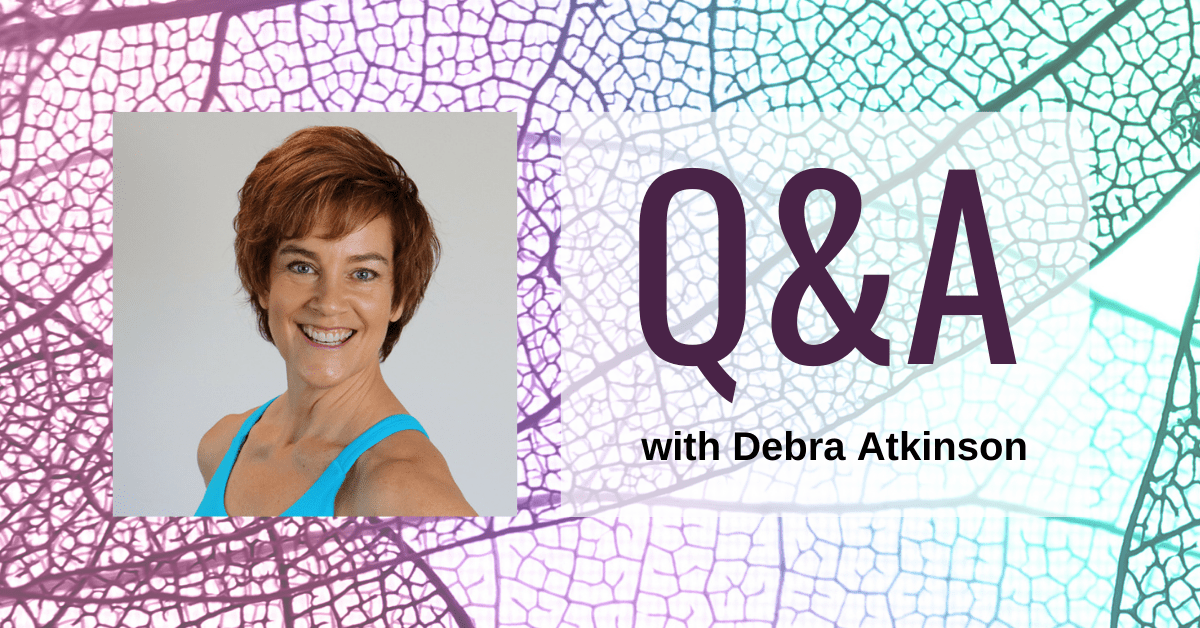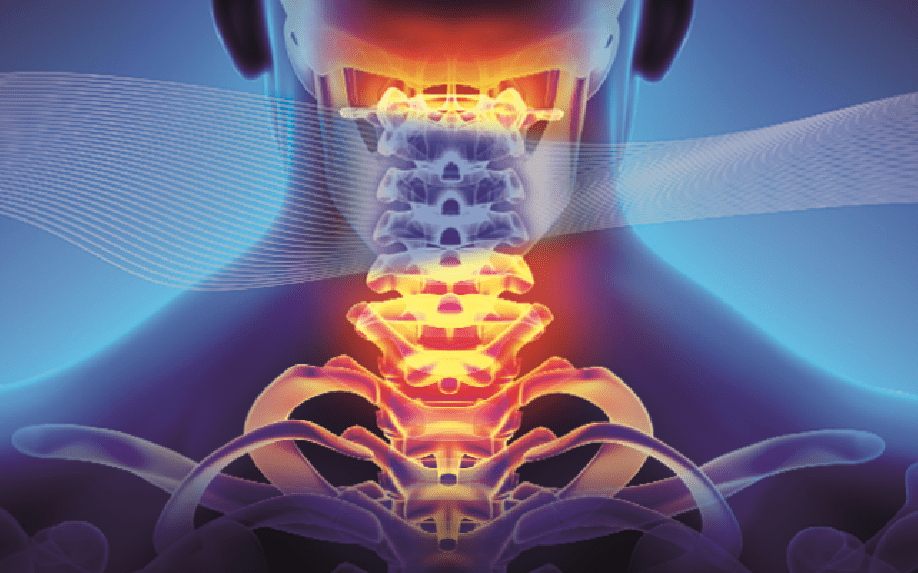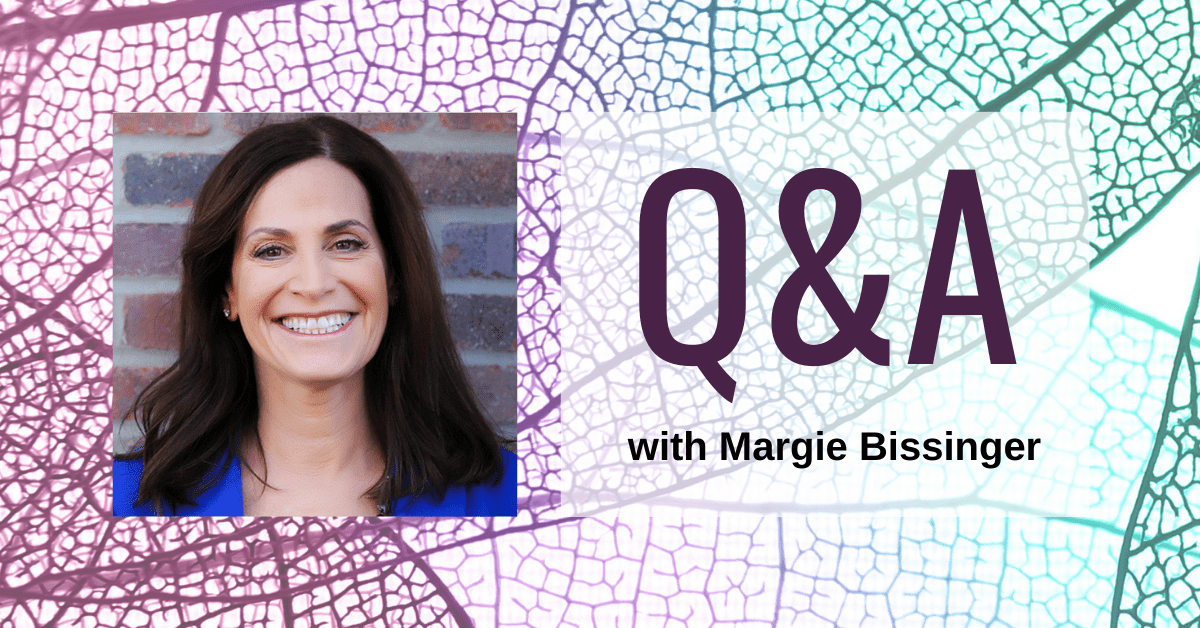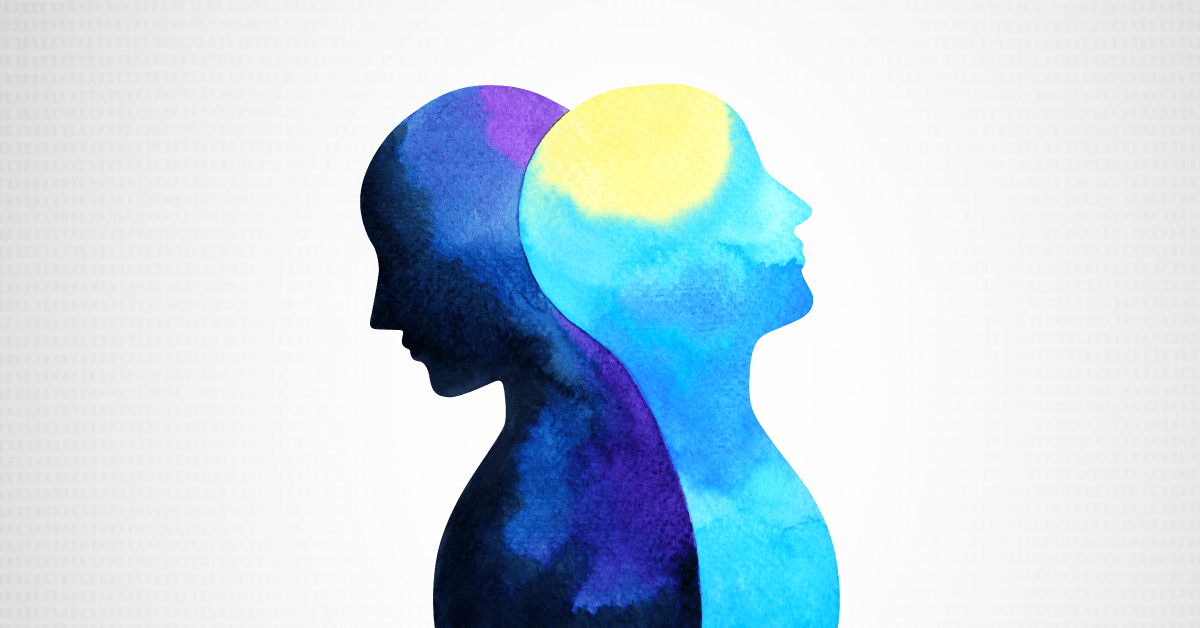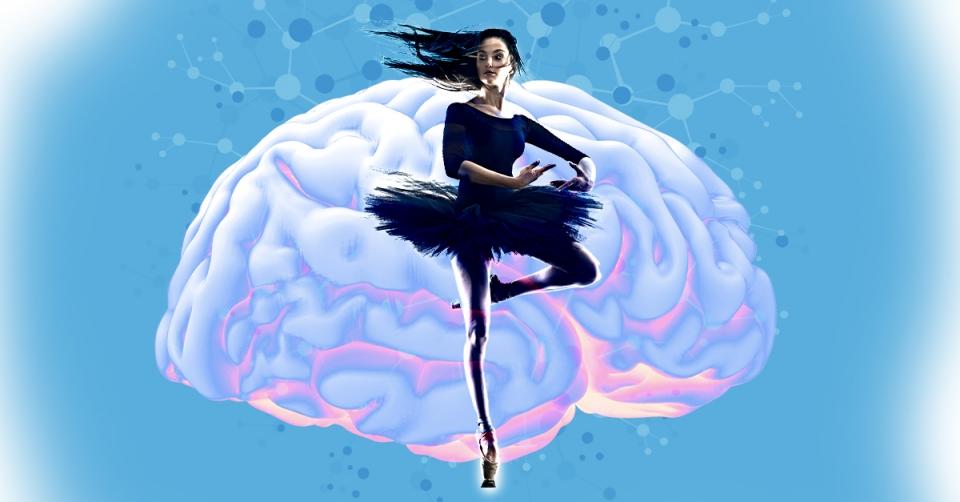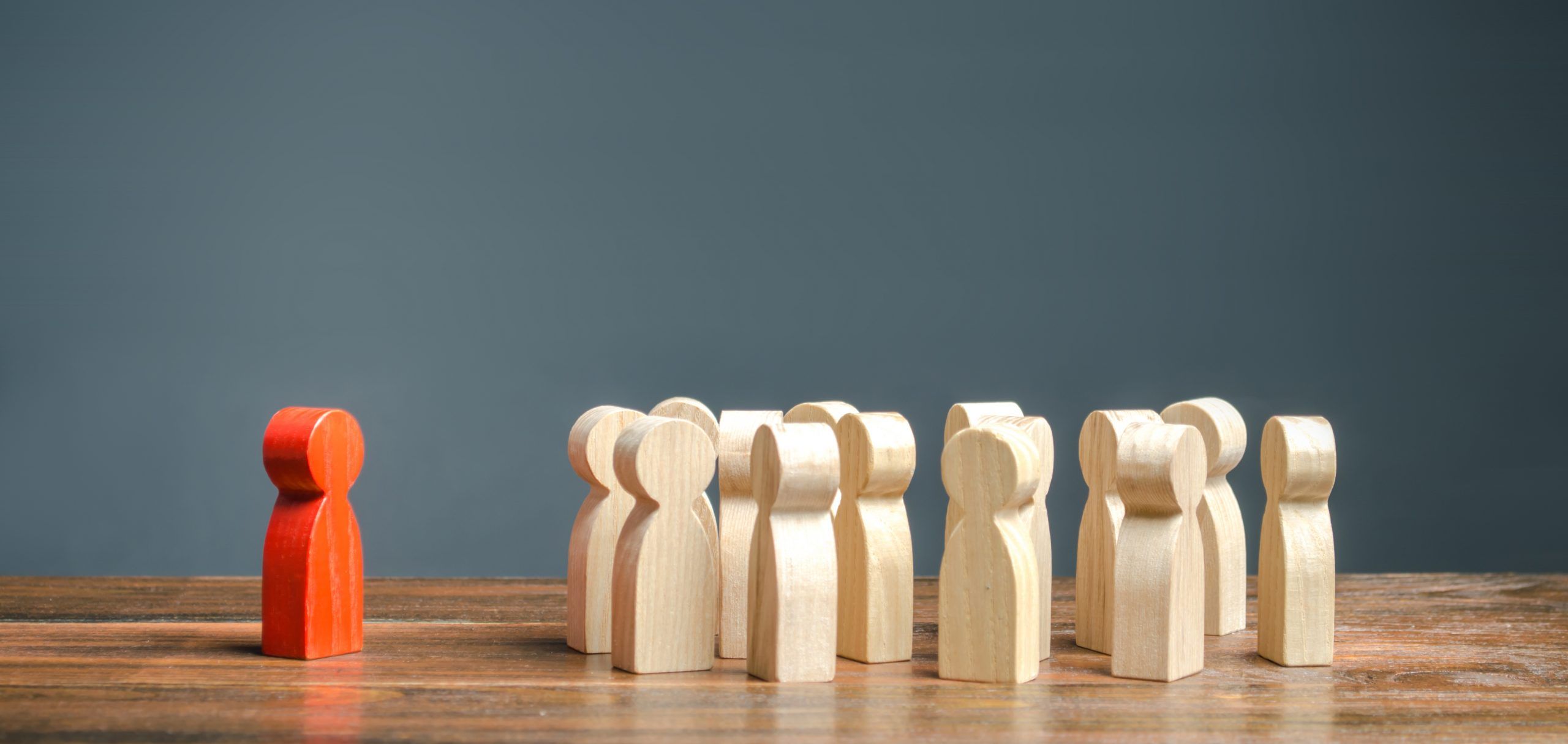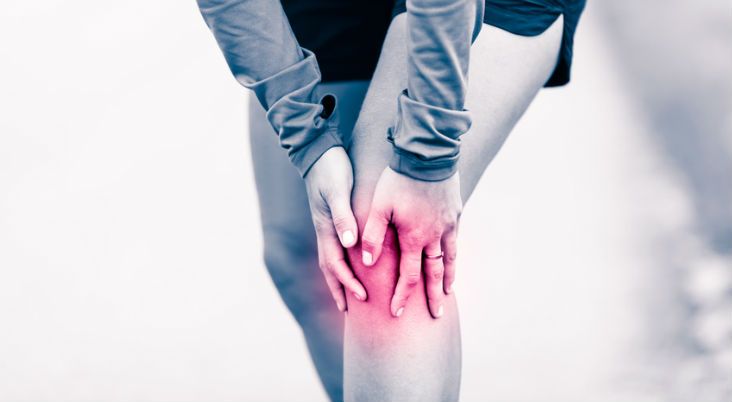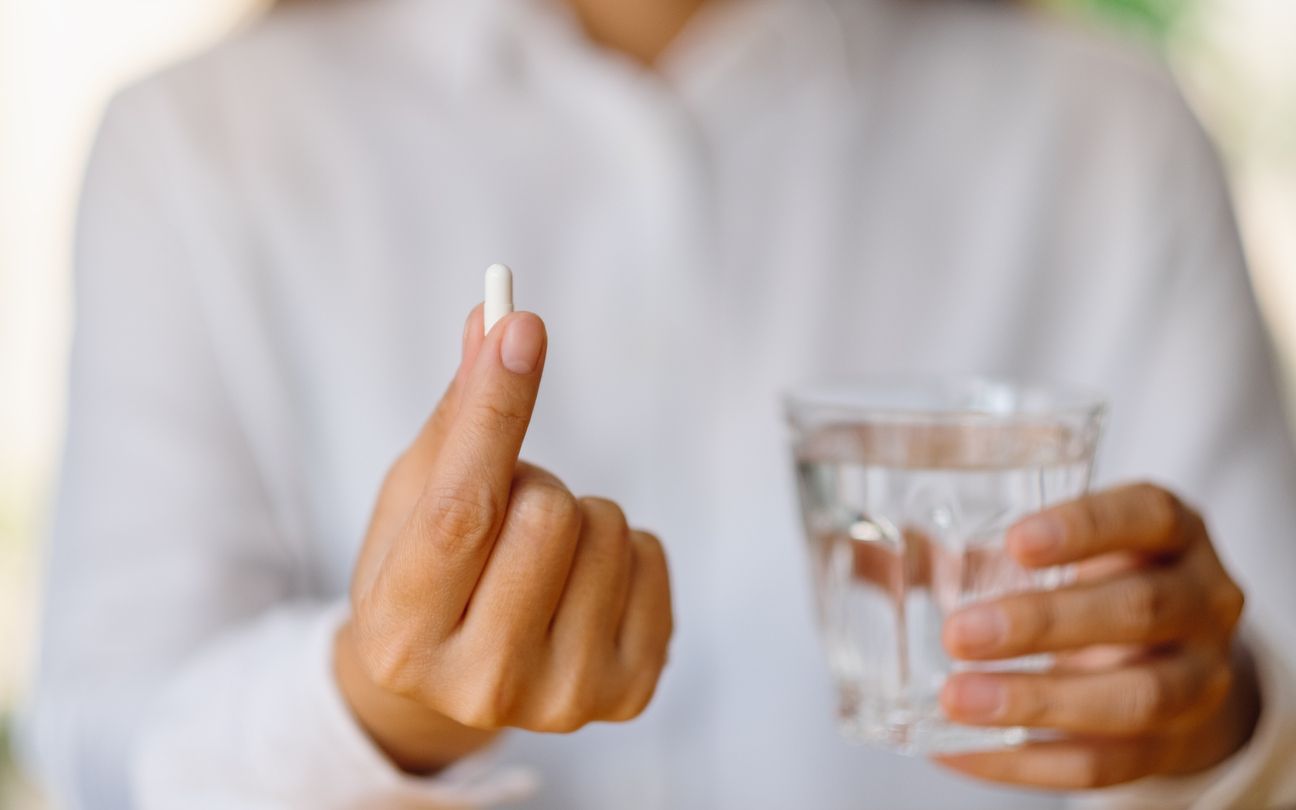
Taking a multivitamin every day could reduce your risk of developing Alzheimer’s or dementia.
It slows cognitive decline by up to 60 percent, which represents nearly two years of healthy brain functioning.
These improvements were achieved by taking a supplement every day for just three years, say researchers from the Wake Forest University School of Medicine.
They tested the effects of a multivitamin on a group of more than 2,200 people, who were 65 and older. The participants were given either a multivitamin or a placebo, while another group was given a cocoa extract supplement—with its flavanols thought to improve cognition—or a placebo.
Although those given the cocoa didn’t show any enhanced cognitive function after three years, those taking the multivitamin showed “statistically significant” improvements. People with heart problems—who are at the highest risk of cognitive decline—recorded even greater improvements than the 60 percent average.
Alzheimer’s & Dementia, 2022; doi: 10.1002/alz.12767
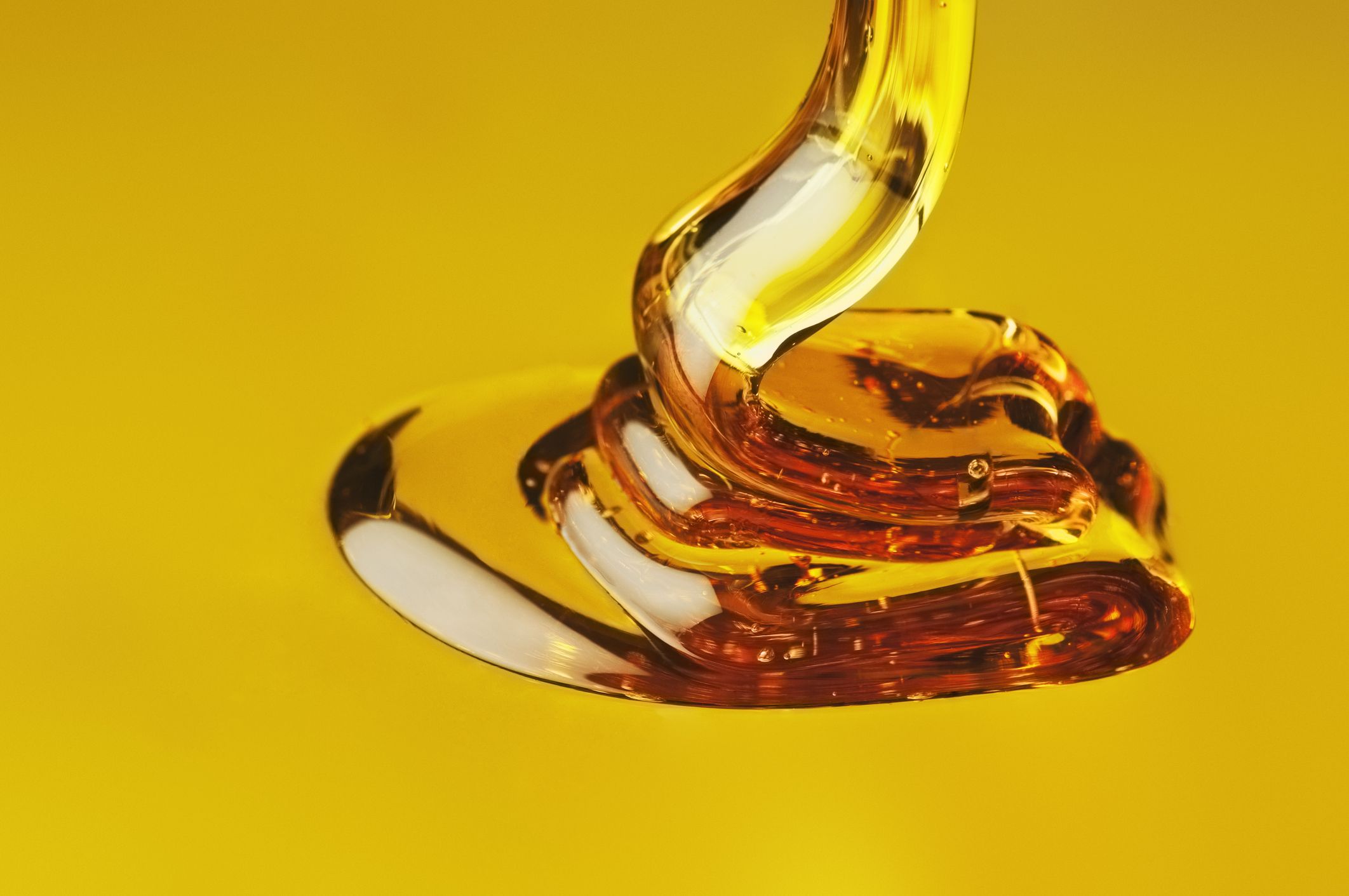
Manuka honey is a great wound healer—and it can even combat a lethal lung infection that’s resistant to powerful antibiotics, researchers have discovered.
Its antimicrobial qualities kill bacterial infections that have become immune to antibiotics—and that includes the bacteria Mycobacterium abscessus, which can infect people with lung diseases such as cystic fibrosis and bronchiectasis. A close relation of the bacteria causes TB (tuberculosis).
Manuka honey supercharges amikacin, an antibiotic that’s used to combat the bacterial infection. The bacterium is a ‘super bug’ that’s resistant to antibiotics, but when researchers from Aston University in the UK added manuka honey to the treatment, just 2 micrograms per millitre of the drug started to kill off the infection.
The reduction in dose also made the drug less dangerous with fewer side effects. The variety of drugs needed to treat the infection “results in severe side effects,” said Victoria Nolan, one of the researchers. Reactions include hearing loss and an overall reduction in quality of life.
People with the lung infection are routinely put on a cocktail of antibiotics for around a year, and the treatment is rarely effective. Standard dose is 16 micrograms per millitre.
Microbiology, 2022; 168: doi: 10.1099/mic.0.001237

As we get older, we might start to slow up. But we need to keep moving, even when we reach our eighties, researchers say.
Octogenarians should be walking for around 10 minutes day, or an hour or so a week, which can help add a few extra years to their life, researchers from the Inje University Sanggye Pail Hospital in Korea estimate.
A little walk every day could reduce their chances of dying from a chronic health problem, such as heart disease and cancer, by as much as 40 percent.
The researchers analysed the activity levels of over 7000 people who were 85 or older, and discovered that walking, even at a slow pace, had the biggest beneficial impact on longterm health and longevity. Interestingly, it was the single most important exercise the elderly could do, and even had greater benefits than activities that were more intense, such as running or cycling.
As for the rest of us, we should be aiming for at least double that amount of exercise every week, around 150 hours of moderate-intensity activity.
Proceedings of the European Society of Cardiology Congress, August 2022

You should be taking nutritional supplements if you’re on prescription medication—most drugs will drain your body of essential micronutrients that can prolong the disease and affect your quality of life.
Researchers have discovered that:
As many people take prescription medication for long periods, it’s vital they understand how their bodies are being depleted of vital nutrients. Eating a healthy diet and taking supplements become especially important and will speed recovery, the researchers say.
Vopr Pitan, 2021; 90: 53-63

People wanting to lose weight should limit the time they eat to an eight-hour window.
The ideal is to have breakfast at 7am and eat your last meal as early as 3pm, say researchers from the University of Alabama.
When it’s combined with a calorie-controlled diet, people can lose as much as a stone (6.3 Kg) in 14 weeks.
The researchers tested the ‘food window’ on a group of 90 obese people; all of them were put on a calorie-controlled diet and half were also told to eat between 7am and 3pm.
They discovered the food window was a super-booster for weight loss. Those who ate the special diet at normal times lost around nine pounds (4 Kg), but others having their last meal at 3pm lost an additional five pounds (2 Kg).
The groups were encouraged to follow the diet for six days a week, and also exercise for between 75 and 150 minutes a week.
Restricting eating times was equivalent to reducing daily calorie input by a further 214 calories, the researchers said.
The window means the body fasts for 16 hours, and this encourages fat burning. Although it was a very early time for a last meal, the researchers said that most of the participants were able to stick to it, and around 40 percent said they would continue with the practise when the study had finished.
Advocates of intermittent fasting say that the body starts to burn fat after going without food for around 14 hours; having a later evening meal at around 7pm means breakfast would be at around 9am the next day.
JAMA Internal Medicine, 2022; doi: 10.1001/jamainternmed.2022.3050

Breast is best—and that’s especially true when it comes to feeding a ‘preemie’.
Premature babies who are fed breast milk are healthier than those given formula, say researchers from the University of Maryland School of Medicine.
Breastmilk helps the baby’s developing gut and allows it to absorb nutrients better. In particular, they have higher levels of the ‘good’ bacteria B.breve in their gut, which helps create a barrier that prevents ‘leaky gut’.
The bacteria don’t just help the baby absorb nutrients and put on weight at a vital time, they also help prevent necrotizing enterocolitis (NEC), the third leading cause of death in newborns, which affects up to 10 percent of them, and is responsible for half of all preemie deaths.
The researchers followed the progress of 113 premature babies who were born between 24 and 32 weeks. The gut microbiome in the breastfed newborns had higher levels of B.breve bacteria which helped metabolize carbohydrates more efficiently, and which, in turn, strengthened the gut barrier faster, so reducing the risk of serious illness and death.
No wonder breastmilk is known as ‘liquid gold’, the researchers say.
mBio, 2022; 13: doi: 10.1128/mbio.01299-22
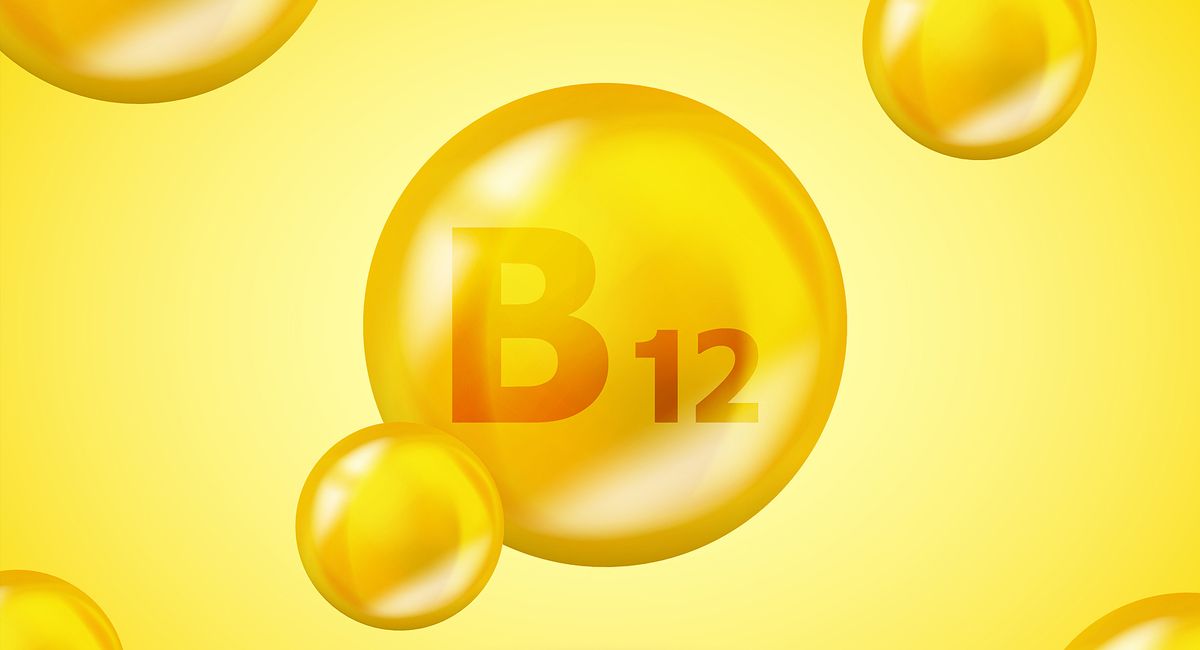
Taking very high doses of B12 supplements lowers anxiety in a month.
People who take 100mg of the vitamin—a level that’s 75 times greater than the RDA—report lower anxiety and even a reduction in their depression, say researchers from the University of Reading in the UK.
The vitamin supports GABA, a neurotransmitter that blocks impulses between nerve cells in the brain, and it’s been linked to healthier brain activity and dampening down ‘neural excitation’, which can be seen in cases of epilepsy and chronic pain.
The researchers gave high-dose vitamins B6 and 12 to 478 people who suffered from anxiety or depression. B6 was the most effective at reducing anxiety, although B12 was also starting to have some positive results when the study finished after a month.
Vitamin B6 is also found in fruits, vegetables, tuna and chickpeas, but the researchers say that people won’t get the effective high doses just from diet.
Human Psychopharmacology, 2022; e2852; doi: 10.1002/hup.2852

Having a spiritual belief keeps you healthy. People with religious and spiritual beliefs will live longer, and are less likely to get ill, suffer from depression or become suicidal.
And if they do get ill, their symptoms won’t be as severe as someone with no religious beliefs, and they’ll recover quicker.
A person’s spiritual beliefs should be front and centre of a doctor’s relationship with his patient, say researchers from the T H Chan School of Medicine at Harvard University, who have carried out the most exhaustive search yet into the impact of spiritual beliefs on health and recovery.
They reviewed nearly 600 studies to discover the profound impact that spiritual beliefs have on our health and wellbeing.
Spirituality is the path a person follows for ultimate meaning, purpose and connection to something bigger than himself, and this can be within organized religion or a more individual spiritual quest. Churchgoers also have the added benefit of community, which could be another factor in well-being, the researchers say.
(Source: JAMA, 2022; 328: 184-97)

Cannabis therapies for pain relief have often been described as ‘the hippie’s disappointment’ because the psychoactive chemical that gets people high has been removed.
But using the whole cannabis plant—including THC (tetrahydrocannabinol)—can be effective in relieving short-term pain, researchers from Oregon Health and Science University have discovered.
But it comes at a cost. The whole plant can also increase the risk of dizziness and sedation, compared to the CBD version, which has had the THC extracted.
The researchers reviewed 25 studies that had tested CBD and whole plant products on a total of 15,000 people suffering from nerve pains.
Synthetic products with high levels of THC achieved a “moderate improvement” in the level of pain, but tests on extracted products—the more ‘natural’ form—were more likely to end prematurely because of the therapy’s side effects. These achieved “small improvements” in pain levels but were much more likely to cause dizziness and nausea.
But although there has been a buzz around CBD and cannabis therapies in the past few years, research into their effectiveness and safety has been limited, the researchers say.
(Source: Annals of Internal Medicine, 2022; doi: 10.7326/M21-4520)
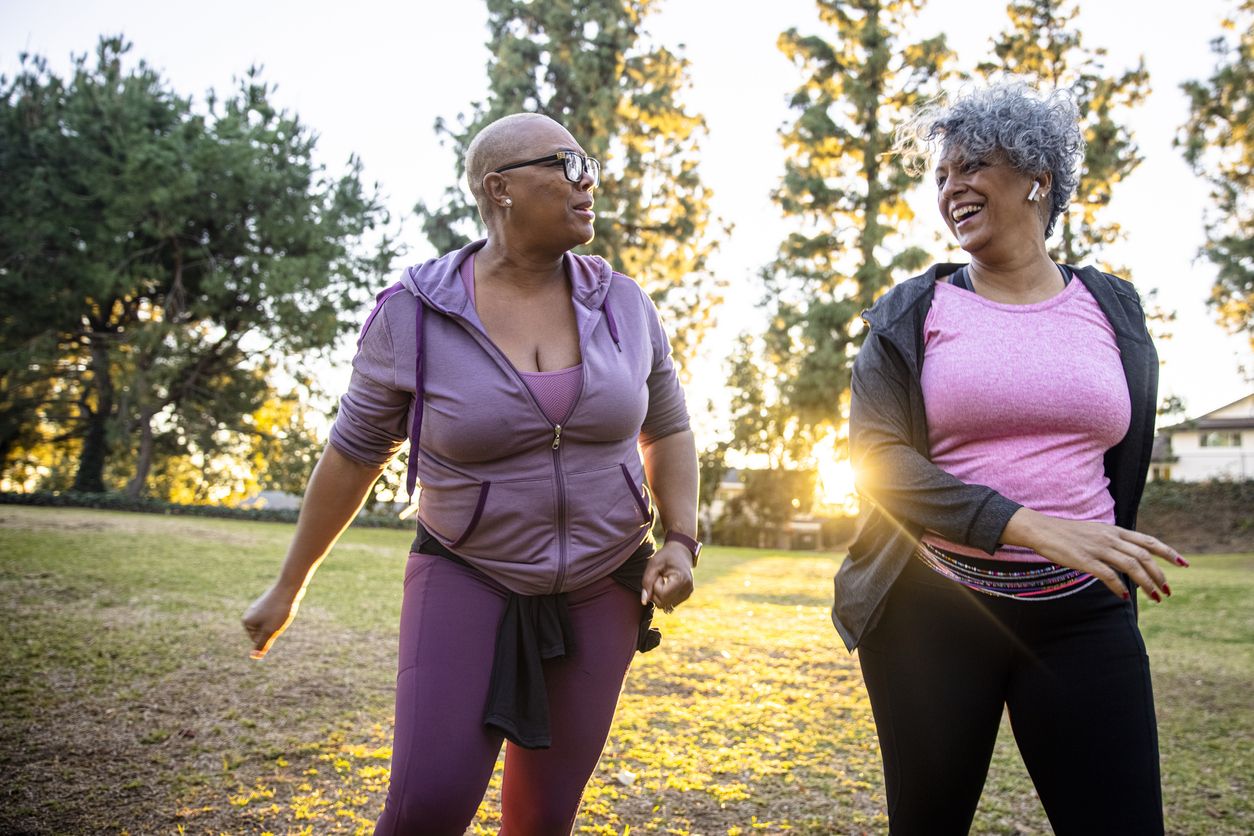
Taking a walk is one of the best ways to counter osteoarthritis knee pain.
Regular walkers are 40 percent less likely to suffer ongoing and new knee pain, say researchers from Baylor College of Medicine.
Walking is particularly helpful for those who suffer only occasional pain from their arthritis, but even those who have constant pain can also benefit from the exercise. It could also slow the damage in the joint caused by the osteoarthritis.
In addition, walking helps improve cardiovascular health and reduces the risk of obesity, diabetes and some cancers.
(Source: Arthritis & Rheumatology, 2022; doi: 10.1002/art.42241)
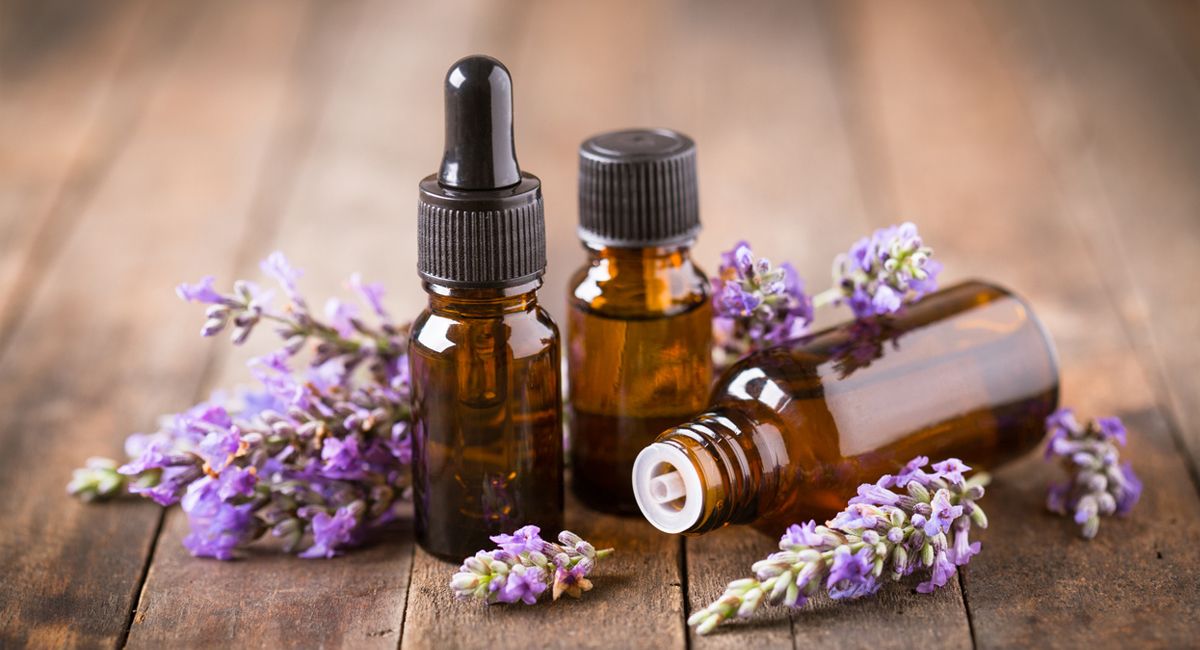
Patients should be given aromatherapy treatment before surgery. It halves the risk of post-op painkillers such as opioids, new research has found.
Lavender and peppermint are the best oils to use, say researchers from the University of Pittsburgh, who monitored 350 patients before they had hip replacement surgery.
Aromatherapy helps relax the patient; people who are apprehensive before surgery are 50 percent more likely to need painkillers afterwards.
The researchers either gave the patients a skin patch that slowly released essential oils for up to an hour before surgery or they were given a placebo. Although anxiety levels were similar in both groups, there was a significant reduction only in those who had been given the aromatherapy.
(Source: Proceedings of the European Society of Anaesthesiology and Intensive Care, Milan, June 4-6, 2022)
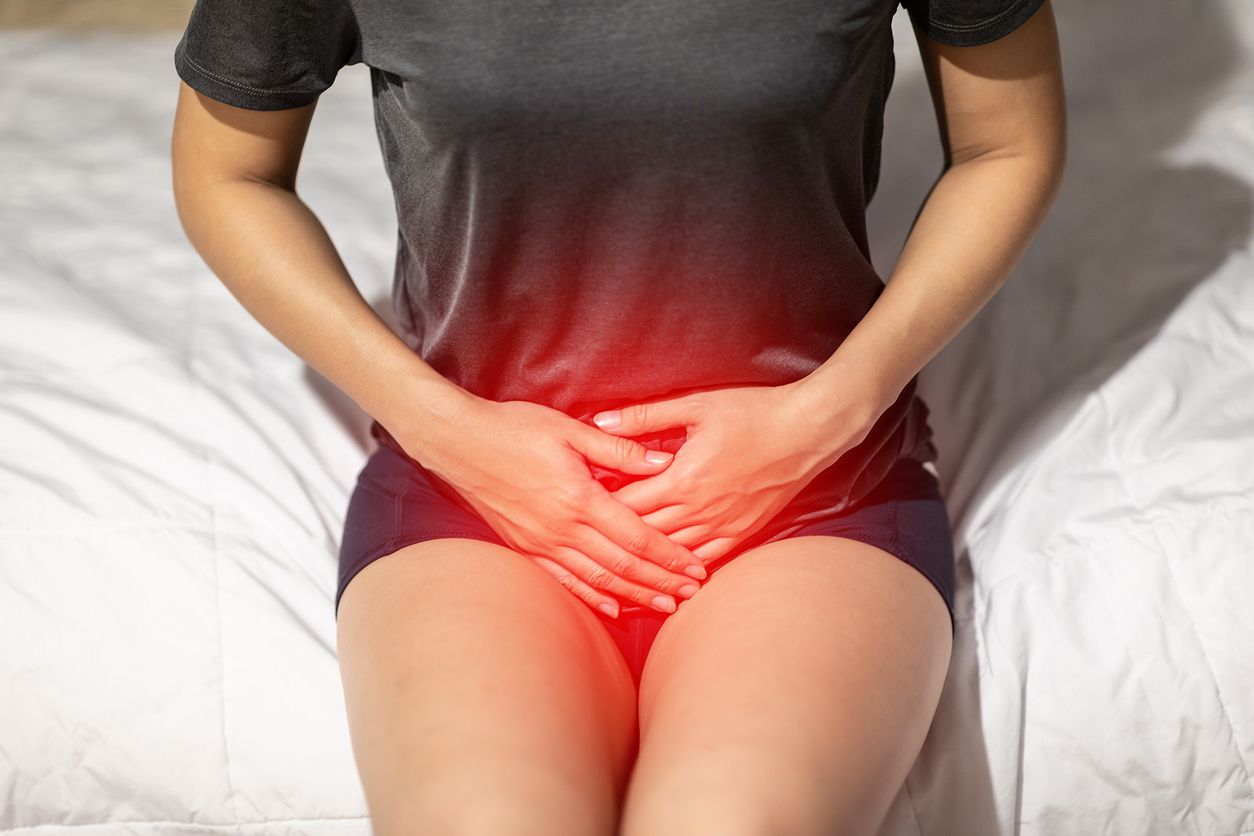
Recurring UTIs (urinary tract infections) have nothing to do with poor hygiene, despite what your doctor may say—it’s because you have poor gut health.
Doctors will routinely hand a woman another course of antibiotics, and suggest she improve on her hygiene—but the drugs are the worst thing to take and will make another infection inevitable.
And although a UTI is the result of E.coli bacteria getting from the intestines and into the urinary tract, it’s nothing to do with poor hygiene. It’s because there aren’t enough bacteria in the gut to kill off the infection before it reaches the urinary tract.
Researchers from Washington University School of Medicine proved the point in a year-long study involving 15 women with recurring UTIs and 16 others who had never suffered from the condition.
Both groups had E.coli bacteria, which is responsible for UTIs, but only those who suffered from the problem had a depleted microbiome, the universe of bacteria in the gut. In particular, they were low in bacteria that produce butyrate, a short-chain fatty acid that fights inflammation.
The women with healthy guts were able to clear E.coli bacteria from their bladders before they infected the urinary tract
Women who take antibiotics weaken their gut microbiome further and make a further infection much more likely. Although the drugs clear up the immediate symptoms, in the longterm they are making the problem worse.
“It’s frustrating for women who are coming in to see the doctor with recurrence after recurrence of UTIs, and the doctor, who’s typically male, gives them advice about hygiene,” said researcher Scott Hultgren. “Basically, physicians don’t know what to do with recurrent UTI. All they have is antibiotics, so they throw more antibiotics at the problem, which is probably making things worse.”
(Source: Nature Microbiology, 2022; 7: 630; doi: 10.1038/s41564-022-01107-x)
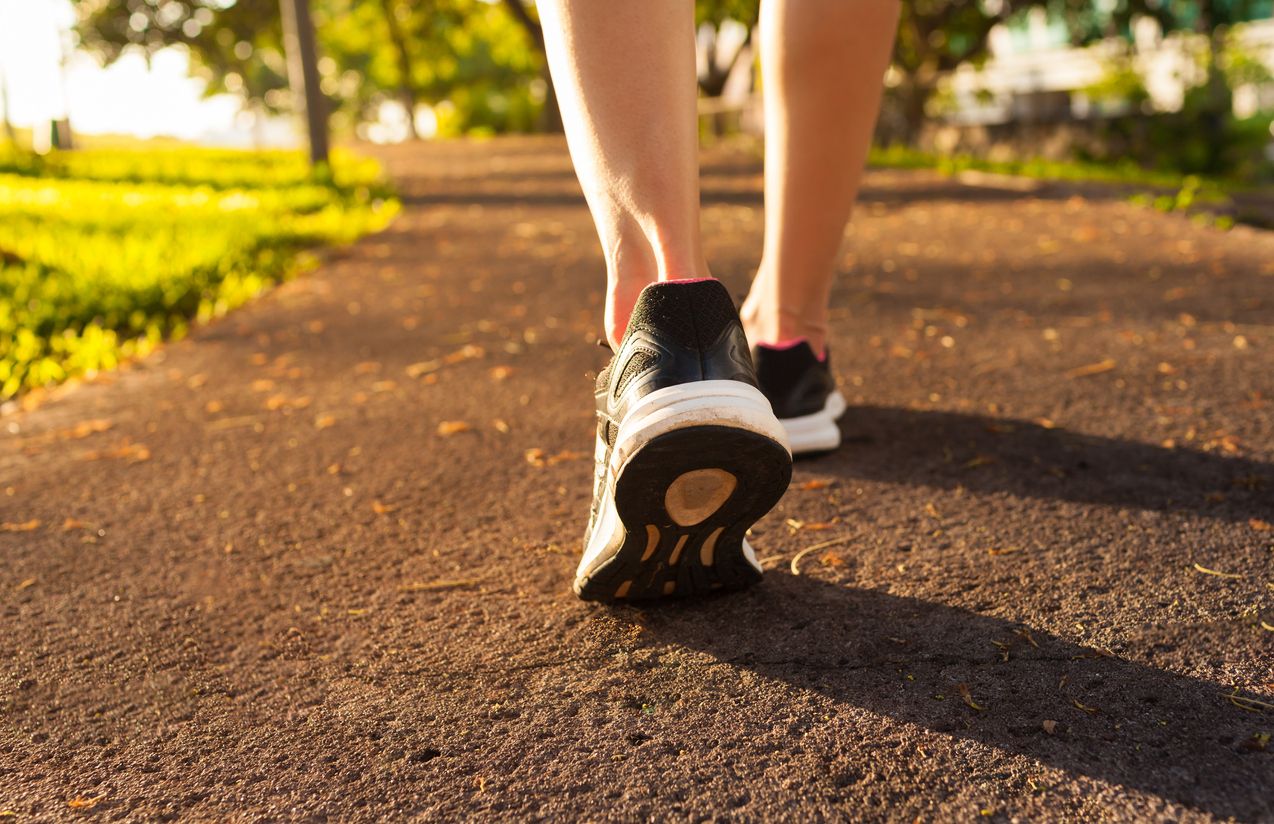
Spending just one hour less sitting in a chair every day can help reduce your risk of heart disease and type 2 diabetes.
Most people don’t even get close to achieving the recommended two-and-a-half hours of moderate intensity exercise—such as brisk walking, water aerobics, dancing or gardening—every week, and so swapping sitting for even an hour of light exercise every day could do wonders for your health.
Light exercise includes casual walking or a gentle bike ride—essentially any activity that doesn’t have you break sweat—and even this level of activity can help reduce heart disease risk, say researchers from the University of Turku in Finland.
But people who already have heart disease or diabetes probably won’t be helped by just sticking to light exercise, although it might stop the condition from worsening.
The researchers tested the impact of exercise on two groups: one spent one hour less a day sitting and replaced it by standing or doing some light exercise, while the other group carried on with their sedentary lifestyle without exercising.
After three months, the researchers found that those in the light exercise group had better blood sugar regulation, improved insulin sensitivity and better liver health.
(Source: Journal of Science and Medicine in Sport, 2022; doi: 10.1016/j.jsams.2022.04.002)
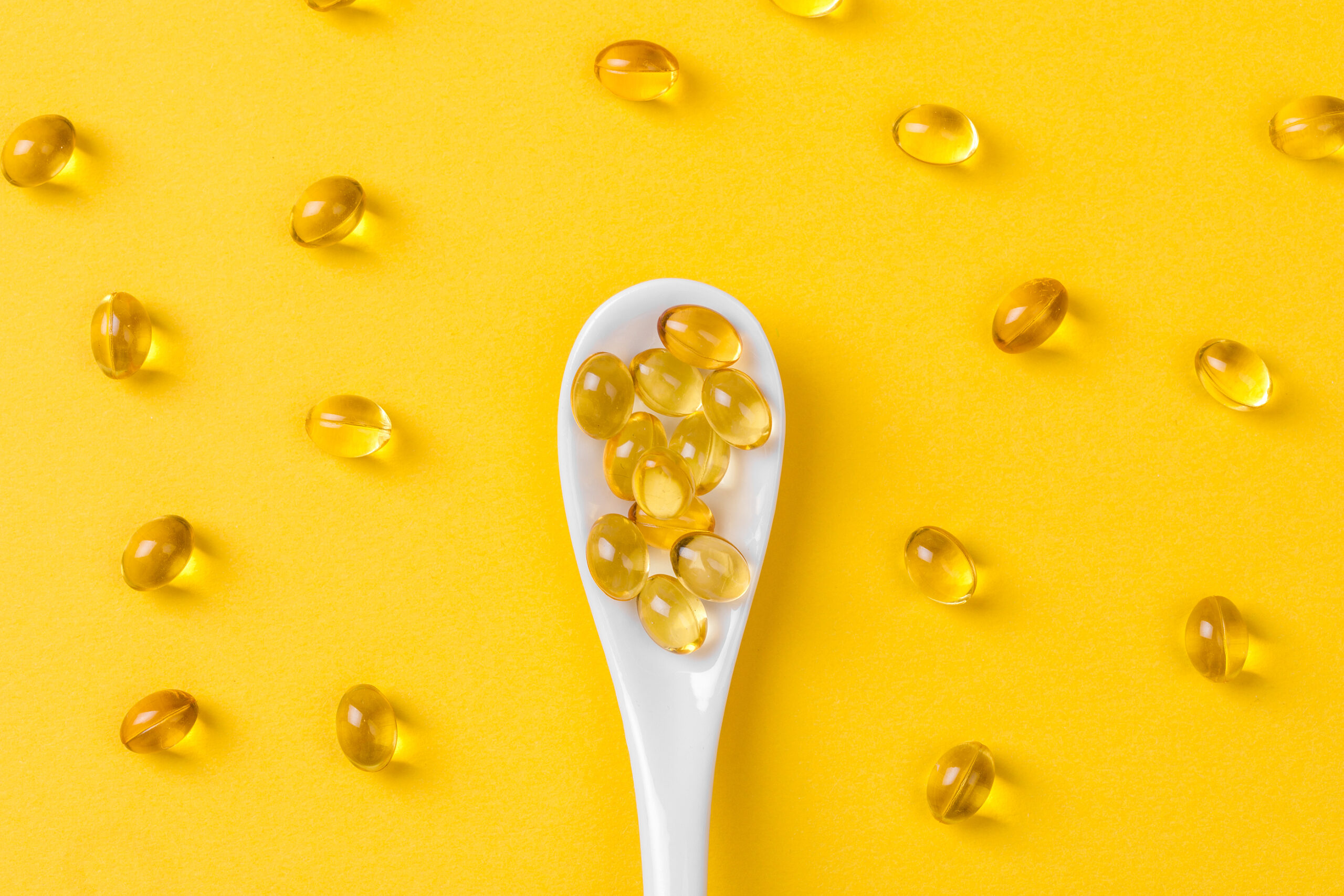
Vitamin E is vital for helping boost your immune system—and it’s an essential nutrient if you’re fighting cancer.
The nutrient blocks tumours from spreading and primes our ‘killer’ T cells to fight the cancer.
It’s important to take vitamin E supplements if you’re using immunotherapy to fight your cancer, say researchers from the University of Texas MD Anderson Cancer Center, although similar benefits haven’t been seen in cancer patients who are instead being given chemotherapy.
Patients with melanoma, or skin cancer, had “significantly improved” survival rates compared to others who weren’t taking vitamin E or multivitamins, and the results were repeated in patients with breast, colon and kidney cancers. But only those patients being treated with immunotherapy benefited; the nutrient didn’t help patients who were taking chemotherapy.
The researchers believe the vitamin helps mobilise the immune system’s dendritic cells, which manage abnormal proteins and make them accessible to our T cells. However, dendritic cells that specifically manage tumour cells can stop functioning properly and levels can also lower because of chemotherapy treatment.
In some of their tests, the researchers found that cancer patients with low levels of dendritic cells didn’t respond to vitamin E supplementation.
Aside from supplements, foods rich in the vitamin include nuts, spinach, asparagus, mango and avocado.
(Source: Cancer Discovery, 2022; doi: 10.1158/2159-8290.CD-21-0900)
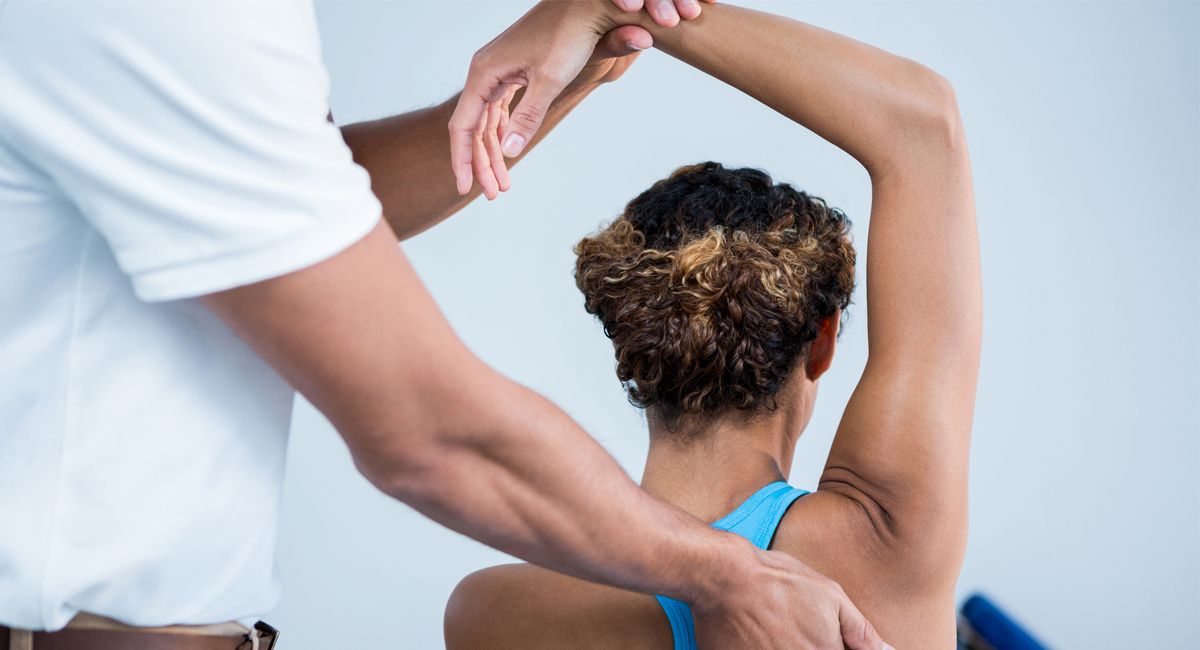
It’s been practised for around 130 years—and it’s finally been acknowledged that osteopathy can help ease muscular pain.
A review has concluded there is “promising evidence” the therapy can help relieve acute and chronic low back pain, neck pain and general pain.
Researchers from the School of Osteopathy in Turin discovered that 55 trials into osteopathy, which had involved around 3,740 participants, demonstrated its effectiveness in treating musculoskeletal pain.
The studies had tested the therapy against placebo, physiotherapy, and other interventions, such as exercise, painkillers, rest or using heat or ice. In almost all of them, osteopathy was found to be more effective.
But there wasn’t compelling evidence that osteopathy could ease IBS (irritable bowel syndrome) or migraines.
Despite the many years the therapy has been practised, the researchers said the evidence for its effectiveness had been unreliable or contradictory.
(Source: BMJ Open, 2022; 12: e053468)

If you have a spiritual or religious belief, you are much less likely to suffer from depression and anxiety.
And having these beliefs is especially important if you’ve suffered from heart disease. People recovering from heart failure are more likely to suffer a sense of hopelessness and isolation—but having a belief in something bigger can help get them through those difficult times.
Researchers from Duke University Hospital reviewed 47 studies that had explored the level of spiritual beliefs in heart patients. Those who had spiritual beliefs had a better quality of life and reduced their chances of being readmitted to hospital.
Spirituality can help people find meaning and purpose in life, the researchers say, and it can be different from having a religious belief.
(Source: JACC: Heart Failure, 2022; doi: 10.1016/j.jchf.2022.01.014)
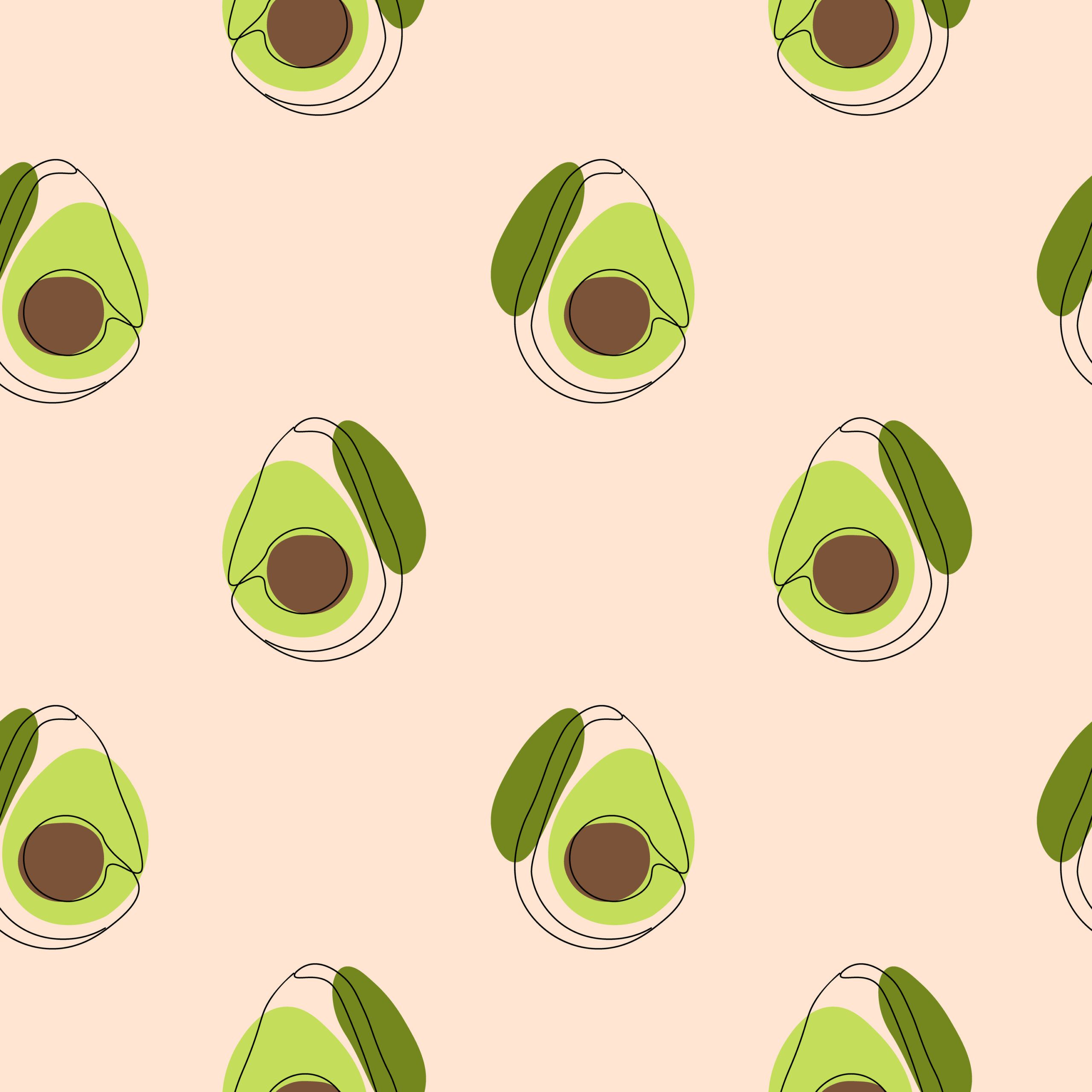
Eating an avocado several times a week is good for your heart.
People who eat two or more avocados every week are 16 percent less likely to develop cardiovascular disease (CVD) and they also reduce their chances of coronary heart disease by 21 percent compared to those who never ate the fruit.
And those who replace margarine and processed meats with an avocado or two see an even bigger benefit, say researchers from the Harvard T H Chan School of Public Health.
They tracked the diets and health of more than 109,000 Americans for 30 years, during which time more than 14,000 of the participants developed cardiovascular disease (CVD).
Avocados are some of the healthiest fruits, containing polyunsaturated fatty acids and heart-healthy phytonutrients and compounds. The most common variety—the Hass avocado—contains around 136 g of oleic acid (omega-9), compared with 42 g in a serving of almonds and 26 g in two tablespoons of olive oil.
(Source: JAMA, 2022; 0: e024014)

Eating cranberries every day is good for your heart—and you could start seeing a difference inside a month.
The fruit improves the health of your arteries and enhances blood flow, say researchers from King’s College London.
People who eat half a cup (100g/3.55 ozs) of cranberries every day have improved heart and blood flow function, according to flow-mediated dilation (FMD), a sensitive biomarker of cardiovascular disease risk.
The researchers gave 45 men whole cranberry powder, equivalent to 100 g of fresh cranberries, every day for a month or a placebo. FMD tests on those given the cranberry powder showed “significant improvements” in cardiovascular function just two hours after drinking it, and the improvements continued until the end of the study.
They say the polyphenols in the cranberry powder were responsible for the improved heart and artery function. Cranberries also contain proanthocyanidins, which are unique to the fruit, and are another compound good for the heart.
(Source: Food & Function, 2022; doi: 10.1039/D2FO0008OF)

Where you live matters almost as much as how you live when it comes to reducing your risk of a stroke.
People who live close to some green space are 16 percent less likely to suffer an ischaemic stroke, the most common type that happens when a blood clot blocks an artery in the brain.
Living within 300 metres (984 feet) of green space reduces air pollutants that have been linked to stroke and heart disease, say researchers from the Hospital de Mar Medical Research Institute in Spain.
The biggest threat comes from pollutants from car exhausts, even if levels are within safety limits set by the World Health Organization (WHO) and the European Union. “The danger is still present and many more measures need to be taken”, said Carla Avellaneda, one of the researchers.
(Source: Environment International, 2022; 161: 107147)

Pet owners see a slower cognitive decline after they reach the age of 65, a new study has found. The benefits were greatest in those who have had a dog or cat for at least five years.
Researchers from the University of Michigan medical center tracked the health and mental capabilities of 1,369 people with an average age of 65. Around half owned a pet, and a third of these had had a pet for more than five years.
Using regular cognitive tests, the researchers discovered that the pet owners were recording higher scores over the six years of the study, and the scores were higher still in those who were longtime pet owners.
The researchers think that a pet reduces stress levels, and this can have a direct impact on our cognitive abilities, such as memory and problem solving. A pet also increases physical activity—a dog needs to have a few walks a day, for instance—and this, too, can improve cognitive abilities.
The reduced stress levels also lower the owner’s blood pressure.
(Source: Proceedings of the American Academy of Neurology 74th annual meeting)
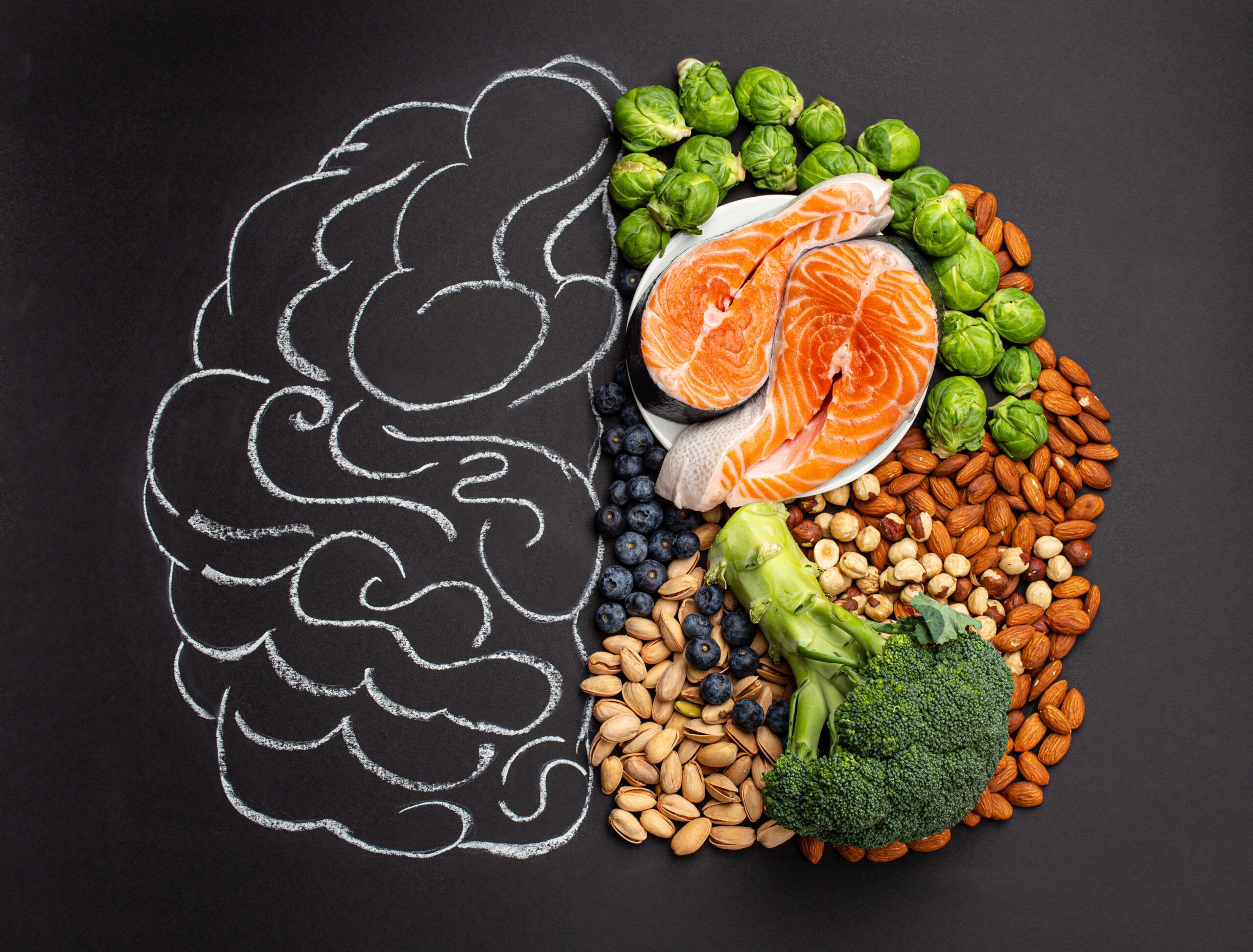
Eating a Mediterranean diet—and cutting back on red meat and processed food—could protect you from dementia and general cognitive decline as you get older.
The diet is high in polyphenols, plant-based molecules that researchers believe can protect against dementia and Alzheimer’s disease.
Researchers from the Ben-Gurion University have tested various diets—including two types of Mediterranean diets—on a group of 284 people, whose brains were measured 18 months later by MRI scans.
The researchers were shocked by the extent of shrinkage in the brains of the over-50s who were eating a standard ‘healthy’ diet. But there was hardly any shrinkage in either of the groups eating a Mediterranean diet: one was eating walnuts with the diet and the other was also drinking five cups of green tea a day and replacing the evening meal with a green shake drink.
Polyphenols are antioxidants and anti-inflammatory, and so can reduce neuroinflammation and encourage new cell growth in the brain, and especially in the hippocampus, the area of the brain associated with memory.
(Source: American Journal of Clinical Nutrition, 2022; doi: 10.1093/ajcn/nqac001)

People who went through a programme to improve their psychological outlook reported fewer sick days afterwards, proving the adage that a healthy mind really does lead to a healthy body.
Researchers at the University of Virginia recruited 155 healthy adults either into a psychological wellbeing course or put them on a wait list. The 12-week course taught personal values, strengths and goals, emotional control and mindfulness.
Three months after the course ended, those who had participated reported fewer sick days than those who had stayed on the wait list. They also said they felt better, mentally and physically.
The results reinforce earlier studies that had discovered that happier people also have better cardiovascular health and strong immune systems.
The new study shows that it can improve the health of even those who are generally happy already, the researchers said.
(Source: Psychological Science, 2020; 31: 807; doi: 10.1177/0956797620919673)

Drinking up to five cups of tea a day can lower your risk of stroke and dementia.
People who drink that amount of tea—or make up the amount with a couple of cups of coffee—reduce their risk by up to 32 percent compared to non-drinkers.
Those who drink up to three cups of coffee or five cups of tea had the greatest protection, say researchers from Tianjin Medical University in China.
The researchers tracked the health of 365,682 participants in the UK Biobank survey, and 5,000 developed dementia and 10,000 suffered a stroke during the 14 years of the study. The risk was lowest in those who drank up to three cups of coffee or five cups of tea or up to six cups of coffee and tea.
(Source: PLOS Medicine, 2021; 18: e1003830)
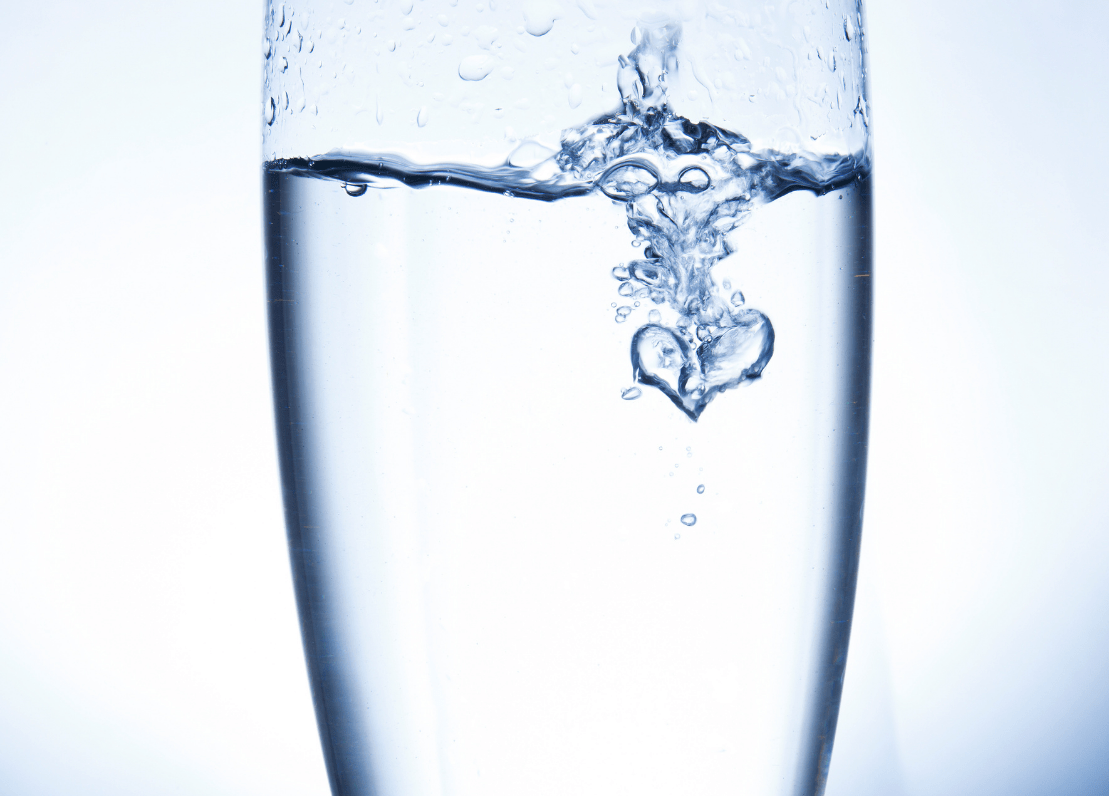
Staying hydrated is good for your heart.
Drinking up to 3 litres (5 pints) of liquids every day reduces your chances of heart failure – and probably an awful lot more besides.
Few people nearly drink enough liquid every day – but it’s an essential fuel for the heart’s pumping mechanism.
Our ideal liquid intake varies between the sexes; women should be drinking between 1.6 to 2.1 litres a day, and the range for men is 2-3 litres.
You know if you’re drinking enough liquids from the amount of sodium in your blood. A high serum sodium reading suggests you should be drinking more; if you’re not, your body will try to conserve the water it has, and this can eventually lead to heart failure.
Researchers from the US National Institutes of Health tracked the sodium levels of 15,792 adults over a 25-year period. High sodium levels were a reliable predictor of heart failure over the duration of the study, with each 1 mmol/L increase in sodium increasing the odds of heart failure by around 20 percent.
Although water is the most obvious source of liquid your body needs, tea and natural juices also count towards your daily intake.
European Society of Cardiology Congress, August 24, 2021.

Stressed out? Then eat more fruit and vegetables – they’re a great natural de-stressor, a new study has found.
People who eat the equivalent of at least four cups of fruit and vegetables every day consistently record 10% lower stress scores than people eating half that amount.
The foods are rich in vitamins, flavonoids and carotenoids and they could be reducing inflammation and oxidative stress which, in turn, improves mental wellbeing.
Researchers at the Edith Cowan University in Australia tracked the diets and stress levels of more than 8,600 people between the ages of 25 and 91, and those who ate at least 470g ( 16.6 oz) of fruit and vegetables, the equivalent of four cups every day, had lower stress levels than those eating 230g (8 oz) or less.
Although stress can be a healthy response to an immediate challenge, long-term stress is debilitating, and can ultimately lead to more serious conditions such as heart disease, depression and anxiety.
It’s well known that a healthy diet is important, and yet only half of Australians eat two servings of fruit a day. Just 10% eat the recommended five servings.
Interested in keeping your gut healthy? Check out the recordings from our Healthy Gut Intensive online workshop. Four world-leading experts will take you through their innovative methods on how to fix your gut for good! Just click here to view the video packages.
Clin Nutr, 2021; 40: 2860

Forgetful? A little gentle exercise every day can help improve your memory.
Light workouts create new connections in the areas of the brain, such as the hippocampus, that are responsible for memory.
Exercise, such as walking, yoga and tai chi, may not make you sweat, but it is making a difference to your brain, say researchers from the University of California at Irvine. They scanned the brains of 36 young adults before and after 10 minutes of light exercise and discovered new connections between the hippocampus and cortical regions of the brain were already being created.
The hippocampus is vital for memory recall and is one of the first areas to deteriorate with Alzheimer’s disease.
It could be that light exercise, which everyone of us can do, can also reduce the risk of cognitive decline as we get older.
(Source: Proceedings of the National Academy of Sciences, 2018; 201805668)

Warnings about staying out of the sun may have been overdone. ‘Safe sun’ advice has overstated the cancer risk and underplayed the vital importance of vitamin D, which sunlight stimulates.
The policy is based on data that was produced 30 years ago—which even then was considered controversial—and so it’s time to recalculate the risks and benefits of sunbathing, say researchers from King’s College London.
They have been testing the optimum level of exposure to the sun’s ultraviolet radiation (UVR) that is needed before we start producing vitamin D. After taking into account the risk of sunburn and skin cancer, the researchers say we need to be exposing our skin for longer than the few minutes current health advisory suggests.
(Source: Proceedings of the National Academy of sciences, 2021; 118 (40): e2015867118)
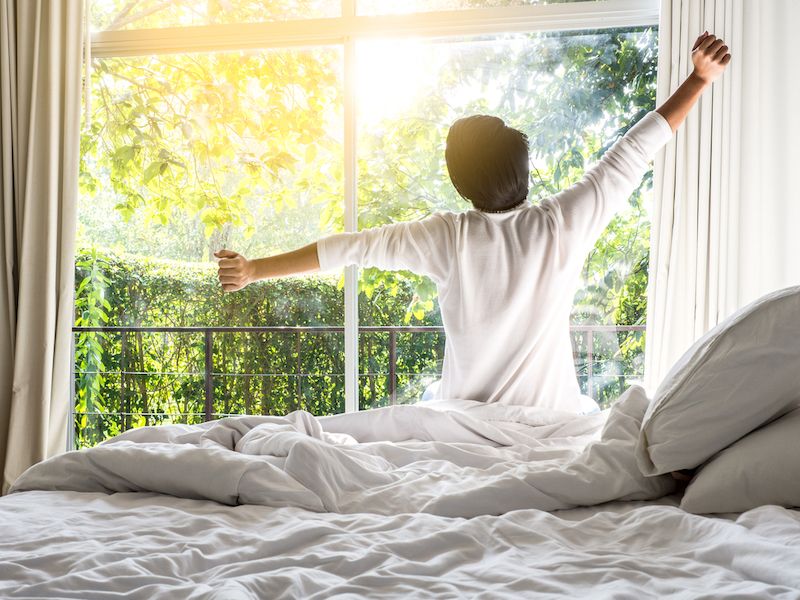
Worried about depression in these lockdown times? Wake up an hour earlier every day and you’ll reduce your risk.
In fact, having one less hour of shut eye in the morning lowers your chances of major depression by as much as 23 percent, researchers have discovered.
It’s been known for some time that there’s a link between sleeping habits and mental wellbeing—night owls are twice as likely to suffer from depression as early risers, or larks, for instance—but it’s been difficult to get a more detailed picture, partly because mood disorders can disrupt sleep patterns.
Researchers from the University of Colorado at Boulder wanted to dig deeper, and so they tracked the mental wellbeing and sleep patterns of 840,000 people. Around a third identified themselves as larks and just 9 percent were owls, with the rest being neither owl nor lark, going to bed around 11pm and rising at 6am, with a sleep mid-point of around 3am.
Our sleeping habits seem to be determined by our genes, the researchers found, and those with the genetic variants that make them early risers are also less likely to suffer from depression. A person who would normally go to bed at midnight but instead goes an hour earlier—and as a consequence rises an hour earlier—cuts their risk for depression by 23 percent. Those who push back their sleeping habits by two hours reduce their risk by 40 percent.
The researchers aren’t sure why this happens, but they suspect it could be to do with the amount of light exposure we get. Early risers just get more daylight.
But changing your sleeping habits can be difficult, especially if it's down to our genes. Lead researcher Celine Vetter offers a few suggestions to help. “Keep your days bright and your nights dark. Have your morning coffee on the porch. Walk or ride your bike to work if you can and dim those electronics in the evening.”
(Source: JAMA Psychiatry, 2021; doi: 10.1001/jamapsychiatry.2021.0959)

Restricting the time that you eat to within an eight to 10-hour window every day can help you manage chronic health problems such as diabetes and heart disease.
Time-restricted eating is a form of intermittent fasting that works with our own body clock, and can help regulate chronic diseases.
Our genes, hormones and metabolism rise and fall during the 24-hour day, and restricting the times we eat keeps us in tune with these rhythms, say researchers at the Salk Institute for Biological Studies.
Snacking and ‘grazing’ throughout the day breaks the body’s synchrony and makes us more prone to disease, said Satchidananda Panda, one of the paper’s authors.
Intermittent fasting can also help improve the quality of our sleep and our overall health, as well as reduce the risk of obesity, diabetes and heart disease. Fasting can help manage these chronic problems, and also lower our risk of getting the diseases in the first place.
Interested in keeping your gut healthy? Check out the recordings from our Healthy Gut Intensive online workshop. Four world-leading experts will take you through their innovative methods on how to fix your gut for good! Just click here to view the video packages.
(Source: Endocrine Reviews, 2021; doi: 10.1210/endrev/bnab027)
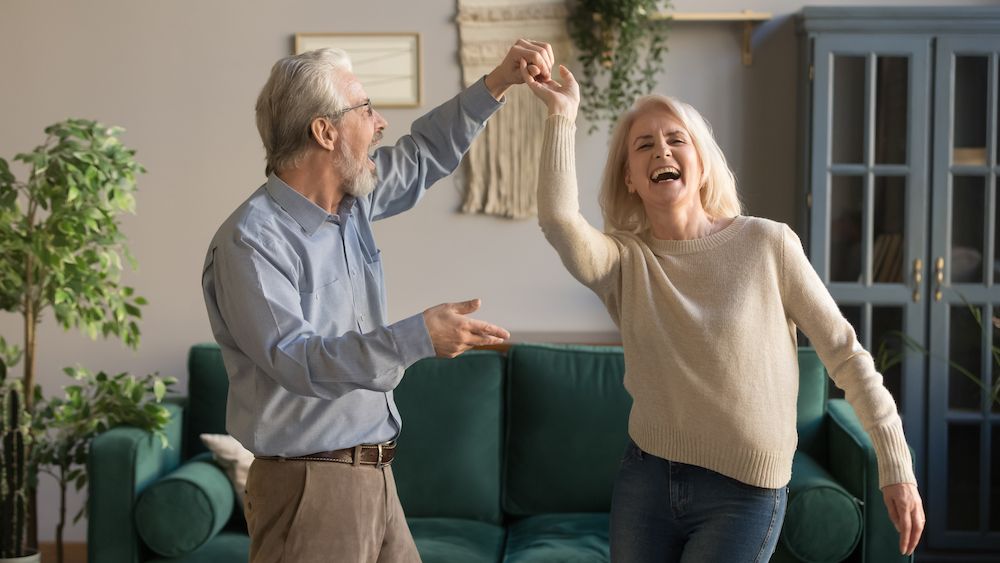
Women should take up dancing after menopause—it’s one of the best exercises to keep the weight off and stay healthy.
Going to a dance class three times a week also improves bone health, and reduces the risk of osteoporosis, a common problem after menopause.
Researchers from the North American Menopause Society tracked the health of a small group of post-menopausal women who regularly went to a dance class.
Standard exercise doesn’t seem to be able to keep the weight off after menopause, but dancing does that and more. It also manages cholesterol levels, improves overall fitness, and helps shape the body, which also improves the woman’s self-esteem.
If you would like a deep-dive into the real pros and cons of HRT and other conventional therapies, the extraordinary changes that can be achieved with supplements and dietary changes, and other lifestyle changes you can make—all adding up to an easy and comfortable menopause, then check out our Menopause report here.
(Source: Menopause, 2021; doi: 10.1097/GME.00000000000001818)

Drinking dairy milk can cause breast cancer. The chances could increase by as much as 80 percent if you’re drinking two to three cups of milk everyday.
Even drinking just a quarter of a cup of milk every day raises the risk my 30 percent, a team from Loma Linda University in California has discovered, and they say their research has uncovered ‘fairly strong evidence that dairy milk is a cause of breast cancer in women.’
They looked at the dairy consumption of 53,000 women who were cancer-free at the start of the study, and 1,057 of them went on to develop breast cancer over the next eight years.
Although the researchers couldn’t see a link to soymilk and other soy products, they found a strong connection to dairy milk, but not to other products such as yoghurt and cheese. The risk was the same whether the women were drinking low-fat or full-fat milk.
The risk increased with the amount of milk the women were drinking every day. Those drinking as little as a quarter of a cup had a 30 percent increased risk, while one full cup caused a 50 percent raised risk, and it went up to as much as 80 percent for the women drinking two to three cups a day.
The researchers aren’t sure why milk is a carcinogen, but they think it could be due to the sex hormone content of the milk. The cows are lactating, and around 75 percent of the herd could be pregnant at any one time. Dairy also promotes the hormone IGF-1 (insulin-like growth factor -1) in the blood, which is known to promote cancer.
Int J Epidemiol, 2020; dyaa007
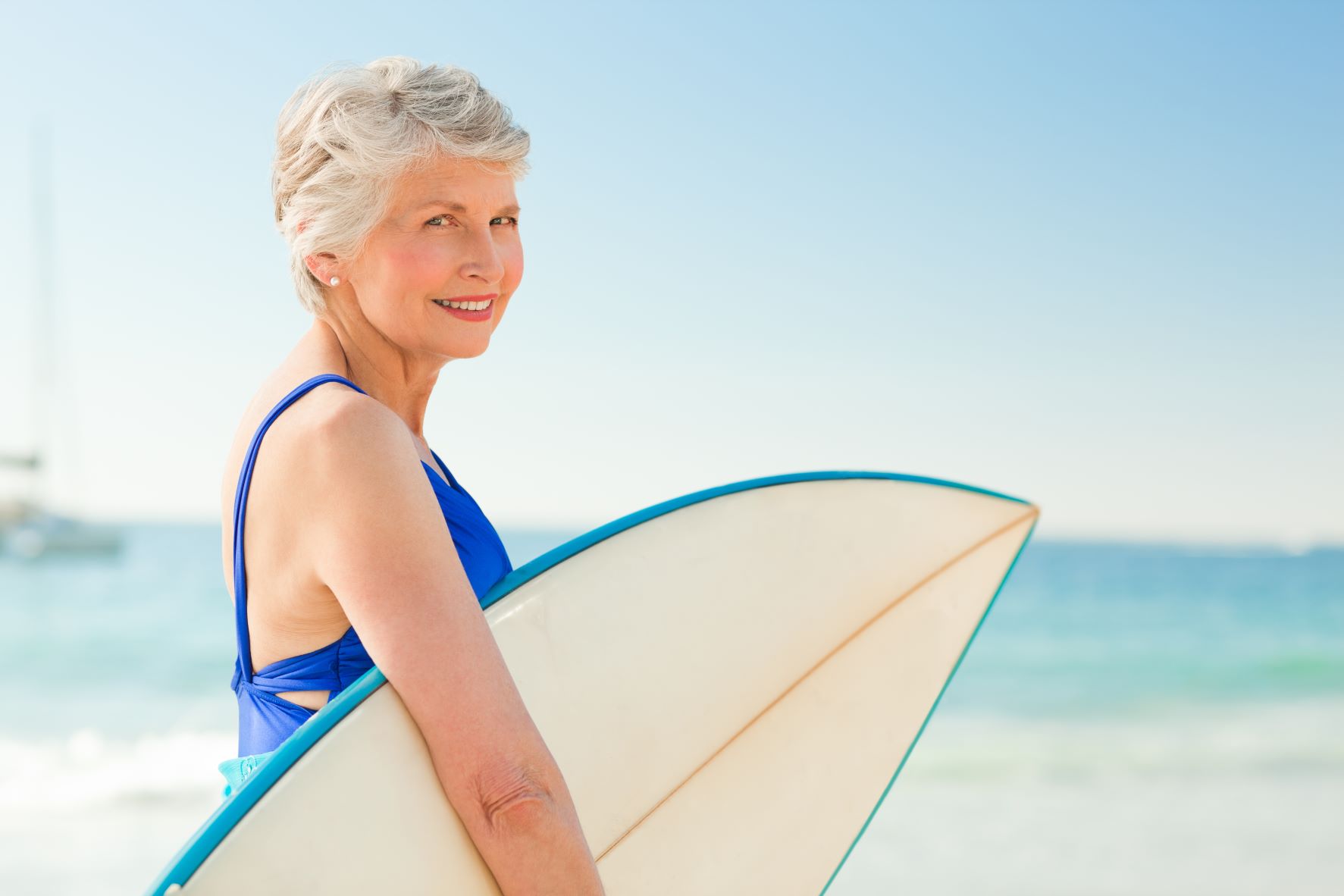
When you retire from work, make sure you have another big challenge to tackle – and that seems particularly true if you’re a woman.
Women are more likely to suffer from mental decline if they don’t replace their job with something just as challenging when they retire. Men don’t seem to be affected anywhere near as badly from the major lifestyle change, say researchers at North Dakota State University. Although plenty of studies have confirmed that people who do very little after retiring are more likely to suffer mental decline, researchers haven’t looked at who is likely to be affected and why.
The North Dakota researchers tracked the health and mental wellbeing of 732 retirees, half of whom were women. They discovered that women who engaged in other activities, which included problem solving and mental stimulation, were far less likely to suffer cognitive decline than other women who didn’t find another activity in retirement.
But the same wasn’t true in the men.
There was very little difference in the cognitive decline of the men who did find a new pursuit and those who didn’t. It could have been because most of the men were in a higher socioeconomic class, and they were surveyed early in their retirement, so any decline could happen later.
Nonetheless, it’s not a given that doing little after retirement will inevitably end cognitive decline, the researchers say. If finding challenging activities is difficult, retirees could also do more reading or play word games, and these too could stimulate the brain’s gray cells.
Psychol Aging, 2020; 10.1037/pag0000453

Oranges and tangerines contain a molecule that combats obesity. The compound also reduces levels of insulin resistance – one of the first stages of type 2 diabetes – and fats in the blood that can cause heart disease.
The ‘miracle molecule’ is nobiletin – but even after studying it for over a decade, researchers from the University of Western Ontario admit they still don’t know how it works.
They’ve tested it on laboratory mice that had been fed a diet rich in cholesterol and fat – and discovered it reversed the mice’s obesity. The animals became noticeably thinner, and they were also less insulin resistant and had lower levels of blood fats that can lead to atherosclerosis, or hardening of the arteries. But it’s a mystery how nobiletin is doing it. The researchers had assumed it was interacting with the way the body handles fat, but it was effective even in mice that had been genetically modified and so were not using those traditional metabolic pathways.
Reference: J Lipid Rs, 2020; 61:387-402

Holistic vet Rohini Sathish has a host of surgery-free options for dogs with lipomas.
Q. Our 10-year-old female spaniel, Magi, has a couple of fatty tumors on her body just under the skin. Our vet called them lipomas. We are not keen on surgery, but one of them is quite large. Can you suggest any holistic alternatives?
A. Lipomas, benign tumors of mature fat cells or adipocytes, are extremely common in older dogs. Most fatty tumors are subcutaneous—just under the skin—but there are some that can grow in between muscle layers or in the chest or abdominal cavities.
Some lipomas are called infiltrative as they keep invading into surrounding tissue. Very rarely do vets come across cancerous fatty tumors known as liposarcomas.
What causes lipomas?
Older obese female dogs are more likely to develop lipomas, especially on their trunk and legs, which suggests that diet has a role to play. However, obesity does not seem to be a factor in lipoma development in cats.
Mainstream veterinary medicine seems to underestimate the consequences of toxic overload or toxin build-up over time. Holistic vets, however, believe that fat and toxins may become encapsulated or trapped by the body’s immune system as it attempts to eliminate contaminants from inside the body to the surface. This is the body’s protective mechanisms coming into play to preserve organ function. Another theory is that the lymphatic system, which plays a key role in waste elimination, can get blocked or slow down due to toxic waste build-up, which in turn leads to stagnation and lipoma formation.
Some examples of toxic chemicals that can build up in the system include pesticides, herbicides, medications, heavy metals, chlorine, fluoride and chemicals from vaccines.
Diagnosis and treatment
In most cases your vet can diagnose a lipoma just by palpating (examining by touch) a soft subcutaneous mass that is mobile and unattached. However, mast cells can have a similar feel and appearance, which is why I strongly recommend fine needle aspiration to rule out mast cell tumors, which can be cancerous. A CT scan may be necessary to diagnose other types of lipomas.
The conventional treatment for lipomas is surgery to cut them out. But this is only necessary if these fatty lumps are affecting your dog’s range of movement or are located in awkward places like the armpit or groin. Very large lipomas need to be debulked as they can be heavy and compromise your pet’s quality of life.
Holistic options
Diet
Overconsumption of starch and fat and feeding processed diets can play a role in lipoma formation. So try switching Magi to an unprocessed, grain-free home cooked or raw diet. The type of fat in your dog’s diet is more important than the amount of fat. Avoid foods that contain rancid oils commonly found in kibble containing rendered animal fat, GMO soy, vegetable and canola oils. See my book You Can Heal Your Pet for more information on the best diet for your dog.
Detox
Liver detoxification and cleansing the lymphatic system is important both to prevent and treat lipomas. Try the following to aid detox:
Western herbs
The following herbs are all good options:
Essential oils
Dump-a-lump by AnimalEO (available from Glacier Peak Holistics) contains a blend of essential oils including frankincense, sandalwood, myrrh, oregano and lemon and is designed to shrink all kinds of superficial lumps and bumps.
Bovine colostrum
Many skin-related problems are now being treated with colostrum as it helps to maintain proper gut function. Four Leaf Rover Bovine Colostrum is one high-quality product. Suggested dosage: follow the label instructions
Homeopathy
A homeopathic vet will be able to prescribe the right remedy and dosage for Magi, but here are some that may be helpful.
Exercise
Just getting your dog to play or walk more can boost the circulation and keep the lymph flowing. At least 30 minutes a day of brisk walking is needed. Brushing your dog daily can also improve circulation.
Acupressure massage
Try the following massage technique weekly or even daily to improve the circulation and help prevent lipomas developing. Start your session with an opening massage:
Find out more about Dr Rohini Sathish here: https://www.rohinisholisticvetcare.com/
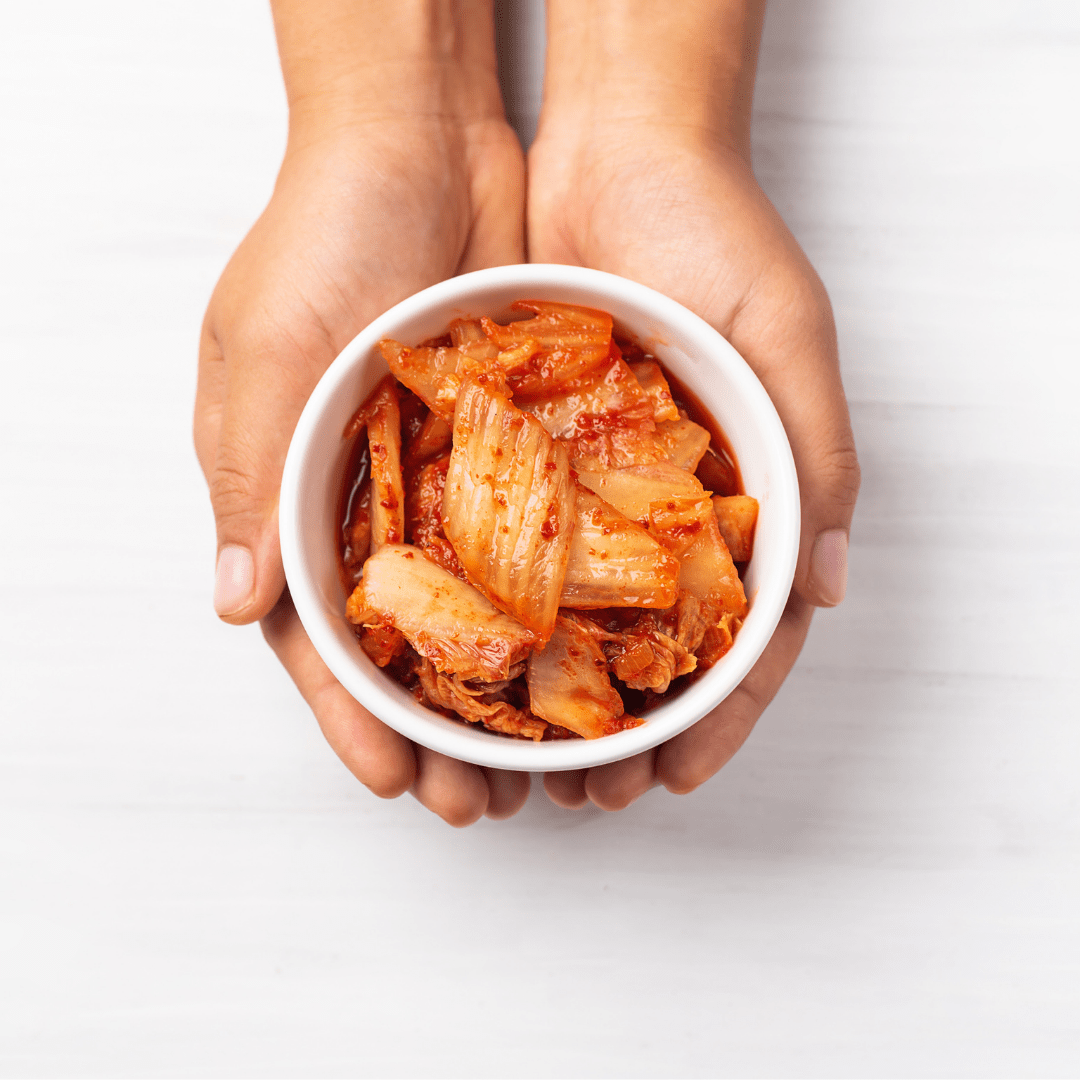
If you aren't sleeping well, be kinder to you gut. Eating prebiotics such as yoghurt, sauerkraut or kimchi before bedtime could help overcome your insomnia.
Compounds in prebiotics help restore both REM (rapid eye movement) and non-REM sleep. The foods feed the bugs in our gut that communicate with the brain and influence
the quality of sleep, say researchers from the University of Colorado at Boulder.
They used mass spectometry technology to witness the gut-brain signals known as metabolites - bioactive small molecules that are produced by bacteria as food is broken down -
in a group of laboratory rats.
The rats were fed either a standard diet or a prebiotic-rich diet, which included compounds in foods such as lentils, cabbage, dairy and kimchi, the Japanese dish of fermented vegetables.
The prebiotic-fed rats had a different metabiome, or a metabolite makeup, and had a deeper, and better, sleep patterns. By comparison, the rats fed a standard diet were producing metabolites that could interfere with a good night's sleep.
The researchers warn that a bad sleeper might have to eat an enormous amount of sauerkraut or lentils to see an improvement, and prebiotic supplements could work better, depending on a person's individual profile.
SciRep, 2020; 10: 3848
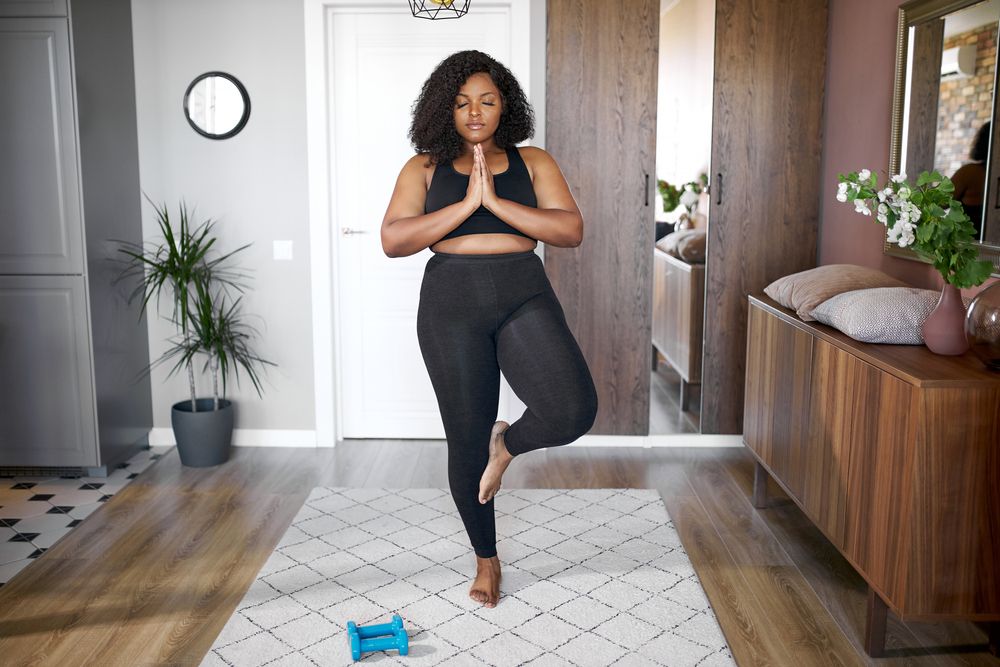
Irregular heart rhythm (atrial fibrillation) is usually treated with powerful drugs or a pacemaker - but sufferers can control the problem by taking up yoga, a new study has discovered.
The exercise can halve the number of distressing episodes and lower blood pressure readings, making it as effective as drugs such as anticoagulant and anti-arrythmia medications.
Yoga sessions that combine posture with breathing are the most effective and ideally should be practiced every day, say researchers from HG SMS Hospital in Jaipur, India.
They worked with 538 people with the heart problem, half of whom practiced yoga for 30 minutes every other day for four months, and then switched with the inactive group. They were also encouraged to practice yoga every day at home.
During the weeks when the yoga was being practiced, the group averaged around eight heart rhythm episodes while the non-yoga group had an average of 15 episodes. Blood pressure fell in the yoga group, and the participants also reported having higher energy levels, better moods and less anxiety and depression.
Typical symptoms of atrial fibrillation include irregular pules, shortness of breath, tiredness, chest pains and dizziness. It affects around 25 percent of middles aged people, and it's responsible for up to 30 percent of strokes and almost doubles the risk of premature death.
Reference: European Society of Cardiology, August 24, 2020
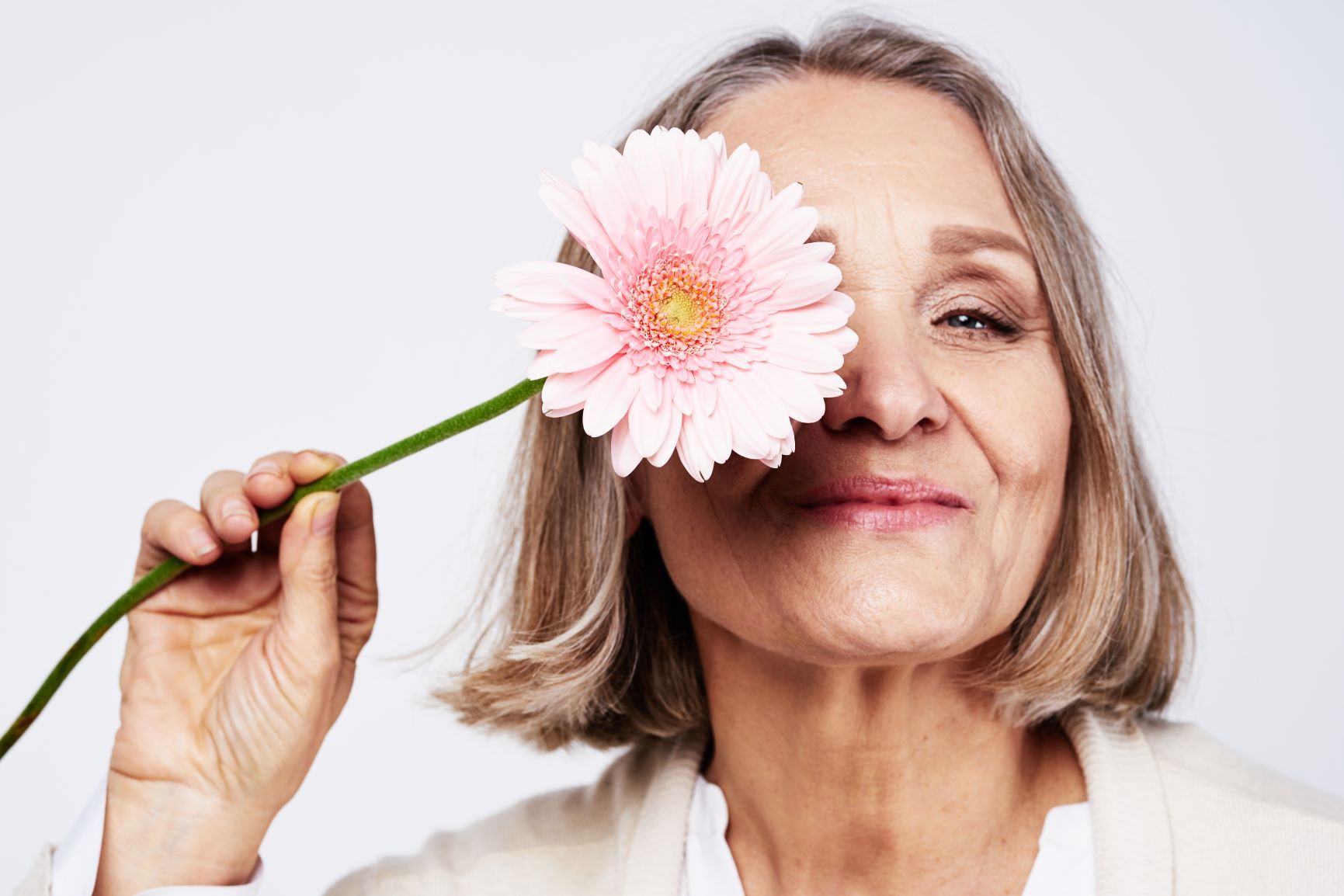
Menopause is defined as the end of menstruation and its onset is determined after a woman has not had a period in twelve months. Once a woman reaches menopause, she no longer ovulates, her ovaries produce less oestrogen, and she is unable to become pregnant. Menopause can occur naturally or be induced by the surgical removal of a woman’s ovaries and/or uterus (hysterectomy). Despite an increasingly popular tendency to view menopause as a disease that needs to be fixed or cured, it is not.
Menopause is a naturally occurring sign of healthy aging. Menopause marks a time of tremendous change in women’s hormonal balance. During childbearing years, in addition to their role in producing ova (egg cells), the ovaries also have the distinction of being an endocrine gland because they secrete hormones—primarily oestrogen and progesterone (as well as testosterone) —that are vital to normal reproductive development and fertility.
With the onset of the menopause there is a marked drop in all these hormones. Menopause occurs through the natural or surgical cessation of estradiol (an oestrogen-class hormone responsible for many female characteristics and women’s bone health) and progesterone production by the ovaries. After menopause oestrogen continues to be produced in lesser amounts in the ovaries and in some other soft tissues throughout the body, including the brain. Testosterone continues to be produced at lower levels, primarily via the adrenal glands, which are also part of the endocrine system.
The onset age and symptoms of the menopause vary greatly and are affected by many things including lifestyle, genetics and environmental pollutants. The average age for menopause is 52, with anything between the ages of 48 and 54 constituting a normal range. Apart from that, there is little general agreement on what the normal ‘symptoms’ of menopause are. Depending on the research you read, the symptoms can range to as many as 40 reactions encompassing your physical, mental and sexual expression, including hot flushes, depression, and a decrease in libido.
In one study, 21 per cent of post-menopausal women said they never suffered any effects during “the change,” and another 20 per cent of women in the same study said they experienced menopausal symptoms that were severe enough to drive them to seek medical help. Over 47 per cent of the women studied had no symptoms in the years immediately preceding the onset of the menopause, a time frame called perimenopause, and the other half did.
Very little research has been done on the perimenopausal period—the time immediately before the menopause actually begins—but it’s clear that many of its symptoms are associated with ageing and not necessarily linked to the menopause itself. In one study, some perimenopause symptoms, such as hot flushes and irritability, actually disappeared as women aged and moved into menopause itself.
With such a confusion of overlapping symptoms, experiences and multiple causes—some causes as precise as the cessation of estradiol production and some as vague as the term “aging”—it comes as no surprise that there is a tendency to blame the menopause for an enormous spectrum of health problems women may experience as they move into their 40s and 50s. This despite the fact that men also go through changes in their early 50s, often complaining of similar symptoms, such as a decrease in libido, bladder problems, dry hair and skin, panic attacks, depression, and aching muscles and joints.
If you would like a deep-dive into the real pros and cons of HRT and other conventional therapies, the extraordinary changes that can be achieved with supplements and dietary changes, and other lifestyle changes you can make—all adding up to an easy and comfortable menopause, then check out our Menopause report here.
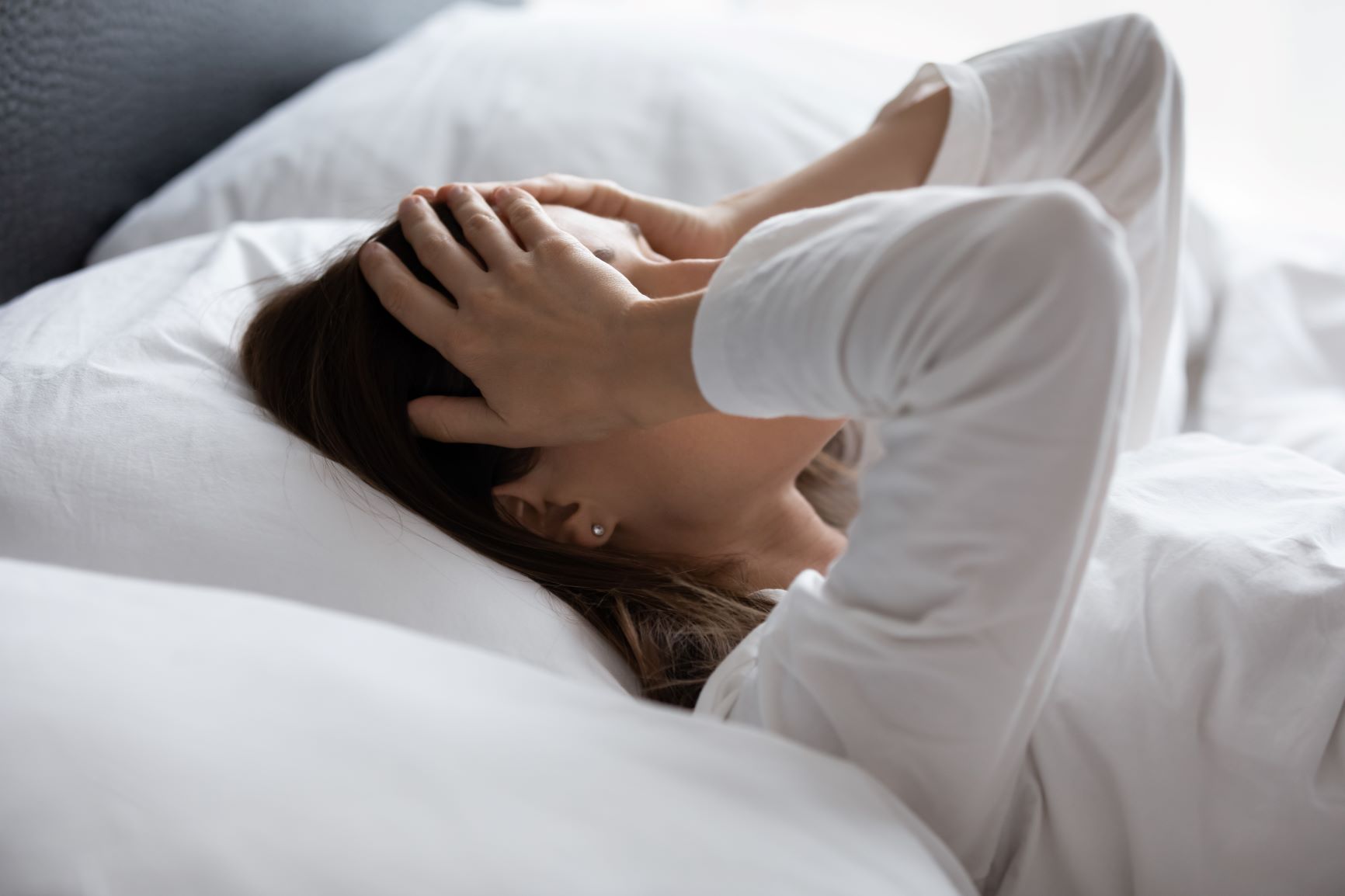
Chronic fatigue syndrome (CFS), also known as myalgic encephalomyelitis, or ME, has such strange physical manifestations—everything from severe and unexplained physical and mental fatigue to memory loss, nervous system problems and even flu-like symptoms—that some scientists go as far as to label it the twenty-first century polio.
For a swathe of the medical profession, what can’t be explained is often dismissed as psychological, and in the case of chronic fatigue, it’s been disparaged as all in the sufferer’s head, with an antidepressant and some talking therapy the usual prescription.
This view became more entrenched with the publication, in 2011, of the influential PACE study—the largest treatment trial of CFS ever attempted. It was largely orchestrated by researchers who’d already published articles concluding that after some sort of viral trigger, patients with CFS develop “unhelpful beliefs” that prevent them from resuming a normal life.
The study’s conclusion was that patients needed talking therapy like cognitive behavioral therapy (CBT) to get rid of these limiting beliefs, and then to launch into a graded exercise program to help them to overcome their “fear avoidance” of physical exercise.
After the study’s publication, the UK press started haranguing CFS sufferers to get out of bed and into the gym, and the US Centers for Disease Control and Prevention (CDC) recommended that CBT should be adopted as the standard treatment for CFS.
Not surprisingly, the study provoked a great outcry from CFS sufferers and researchers alike. Although the PACE team resisted, eventually a team of researchers got access to the original data. After reviewing it, they concluded that the PACE team had inflated the benefits of CBT and exercise three-fold.
There’s no doubt that chronic fatigue causes massive physical symptoms right down to the cellular level. WDDTY panel member Dr Sarah Myhill, one of the UK’s experts who has successfully treated some 5,000 patients with chronic fatigue, has amassed an abundance of scientific and clinical evidence demonstrating that CFS is a disorder of the mitochondria, the tiny power packs that supply energy to every cell.
She and others have found that, often, the condition is indeed set off by one or more triggers, whether a bacteria or virus, some sort of biological or chemical insult, such as exposure to heavy metals, or even stress.
But in most instances, the ongoing problem mainly has to do with your gut, and the state of your digestion, where foods are fermented rather than digested.
Thanks to evidence from Cornell University researchers, who analyzed the gut bacteria and blood samples of patients with chronic fatigue, we now know that ME/CFS patients have an abnormal gut microbiome, leading to gastrointestinal and inflammatory symptoms.
Those with CFS have fewer types of gut bacteria than do healthy controls—with DNA signatures similar to patients suffering from Crohn’s disease and ulcerative colitis—and they’re likely to have a leaky gut, too. Dr Myhill finds that the most successful treatment involves a full package of dietary and lifestyle measures including supplements that repair the gut and power up the mitochondria. But there can be something more as the ultimate cause. Angela Johnson, for instance (see “How I beat CFS”), suffered from chronic fatigue from the time she was a senior in high school.
After all the usual recommendations of relaxation, exercise and antidepressants, she discovered tapping, or Emotional Freedom Technique (EFT). In the process of working with a therapist, she found that the main trigger had been chronic stress, and her path to wellness was “peeling the emotional layers” of fear, anxiety and other areas of emotional distress that had contributed to the stress and eventually the illness.
In the main, medicine fails to appreciate the intricate and multifactorial nature of illness and the power of emotion to exacerbate it. Despite the lip service paid to the “mind-body connection,” medical therapies seldom address the profound link between the mind and the body’s illness or healing.
Plenty of scientific evidence shows that levels of the immune system’s natural killer cells dip during even minor conflicts, along with dysfunction in the hypothalamus-pituitary-adrenal gland axis, which regulates stress hormones.
The fact that addressing these emotionally laden stresses got Angela well does not mean that CFS was “all in her head.” Her physical symptoms were genuine—as they are with virtually all sufferers.
But the solution to Angela’s condition ultimately lay in recognizing this connection and addressing the unfinished business in her emotional life.
American integrative practitioner Dr Leo Galland has long claimed that there are four pillars to healing. While diet, detox and environmental factors are important, relationships and community are the greatest triggers to health or wellness, and negative emotion are perhaps the body’s greatest virus—powerful enough to set off debilitating illness that is not, in any way, imaginary.
Once medicine finally appreciates this delicate interconnection, doctors may discover the way to finally help patients suffering from CFS—or indeed anything else—get better.
If you would like a deep-dive into CFS, the causes, treatment options, and the many alternative approaches proven to help, then check out our How to Combat CFS Report here.

A Covid-19 infection can be serious for anyone who is obese or has one of four chronic health problems—and this trumps age. A poor diet of processed food and drink is the single biggest factor to determine the severity of a Covid-19 infection. People who are obese represent 30 percent of cases that need emergency hospital care, while those with type 2 diabetes—a disease strongly linked to having a bad diet—account for another 20 percent.
And that’s true at any age. A 35-year-old who is obese or has diabetes, hypertension or heart disease has the same risk profile for severe Covid as a 75-year-old with none of these conditions. In fact, almost two-thirds of Covid cases that need hospital care are attributable to obesity, high blood pressure (hypertension), diabetes or heart failure.
Some 64 percent of these hospitalizations might never have happened if people were less obese or didn’t have type 2 diabetes, say researchers from Tufts University. They analyzed the 906,000 Covid cases needing hospital care in the US up to last November using population-level statistics on known risk factors for severe infection.1
It’s no coincidence that the US has recorded the highest number of Covid deaths. Although it represents just 5 percent of the world’s population, US Covid deaths make up 25 percent of the global death toll—and that’s because half of Americans are diabetic or prediabetic, nearly half are hypertensive, and three in four are obese or overweight.
A vaccine is no silver bullet, and the emphasis still needs to be on better diets and healthier lifestyles. Researcher Dariush Mozaffarian said: “We know that changes in diet quality alone, even without weight loss, rapidly improve health within just six to eight weeks.”
Want to learn more about Covid-19? Check out our Ultimate Covid-19 Bundle; a two hour webinar recording with three experts on long Covid AND a 72-page special feature containing articles and in-depth reports by leading holistic experts - essentially everything you need to know about Covid-19! Click here to find out more.
REFERENCES
1 J Am Heart Assoc, 2021; 10: e019259
